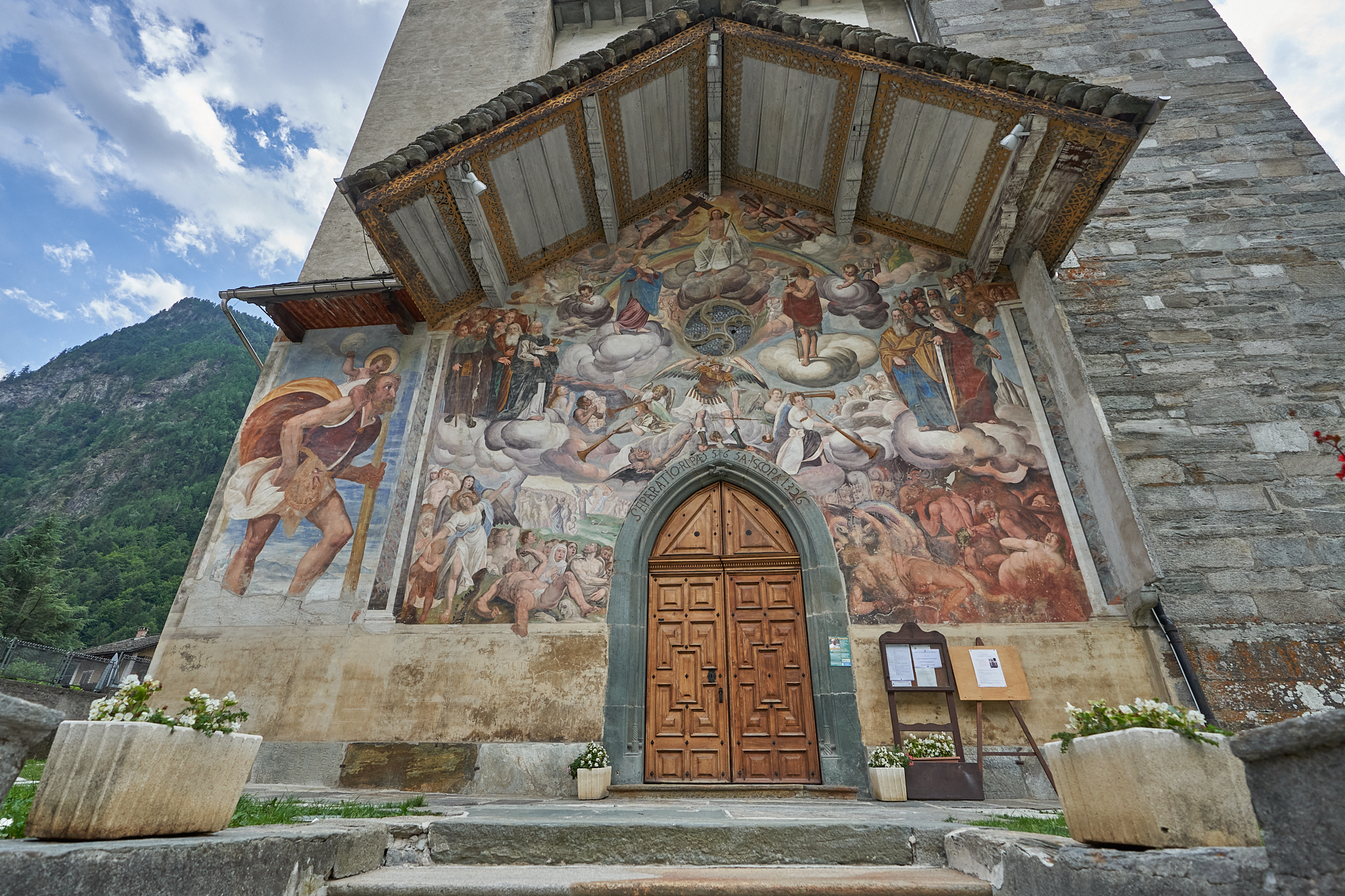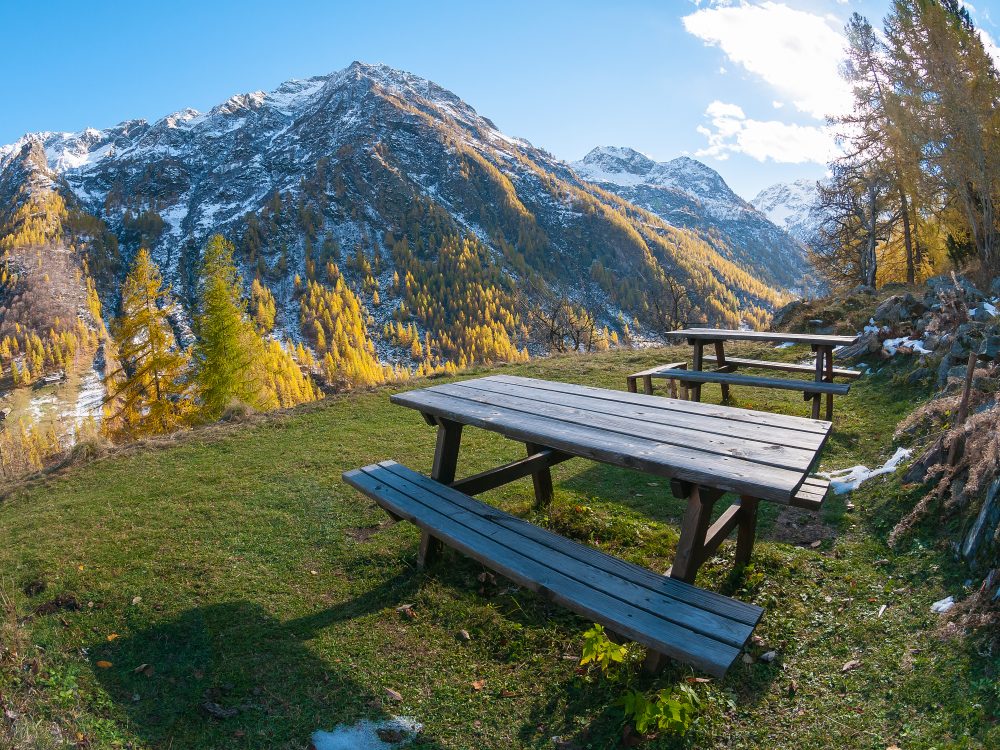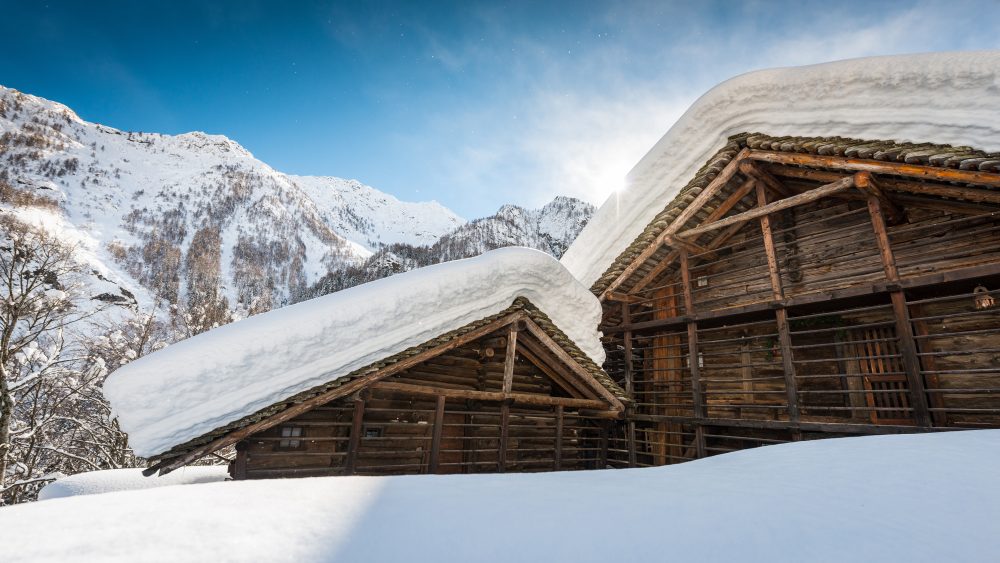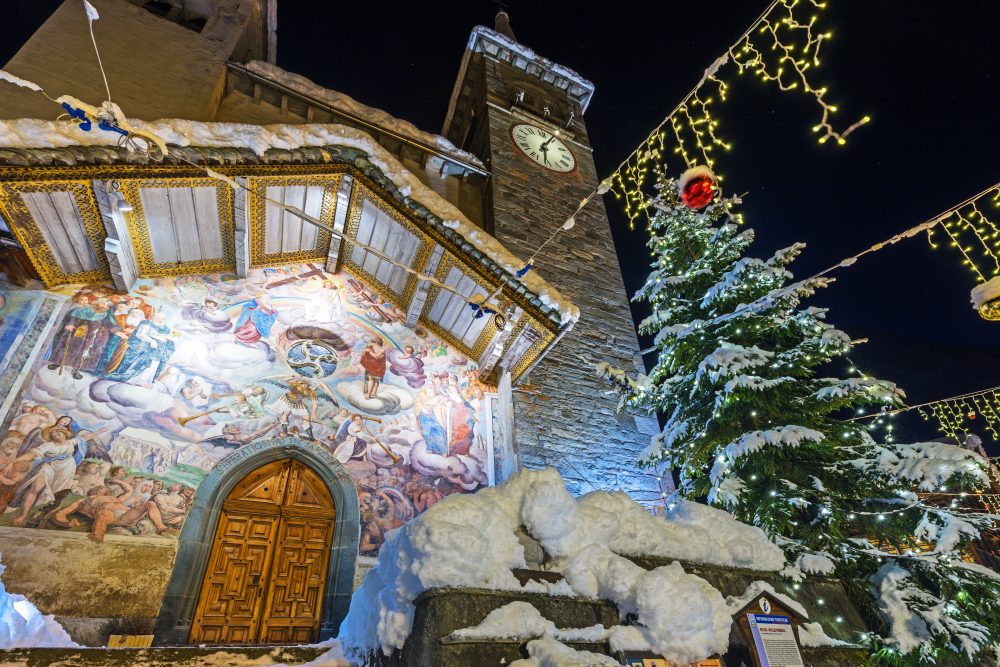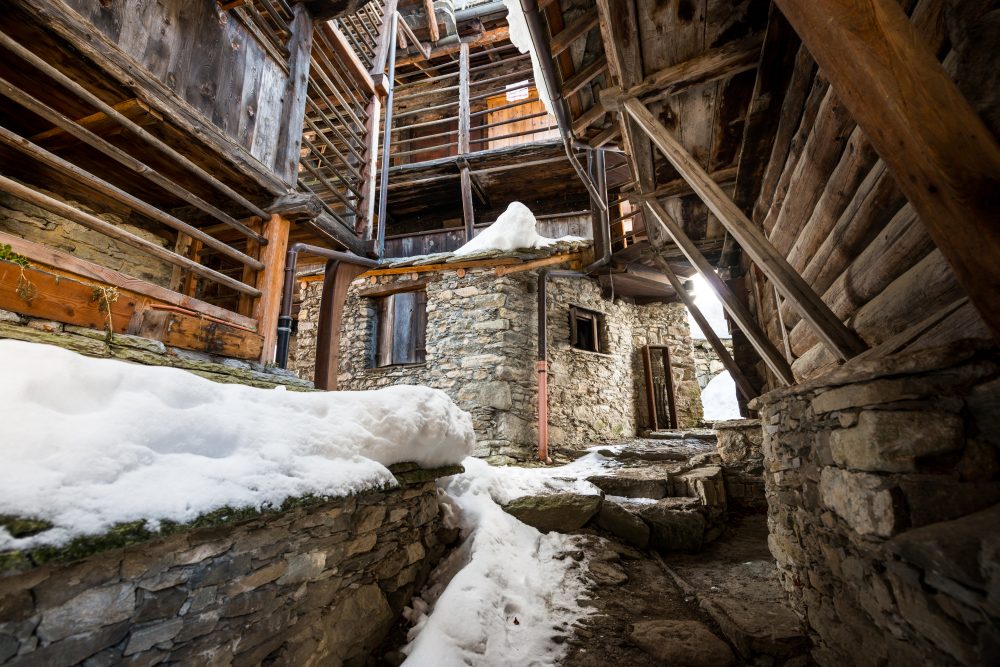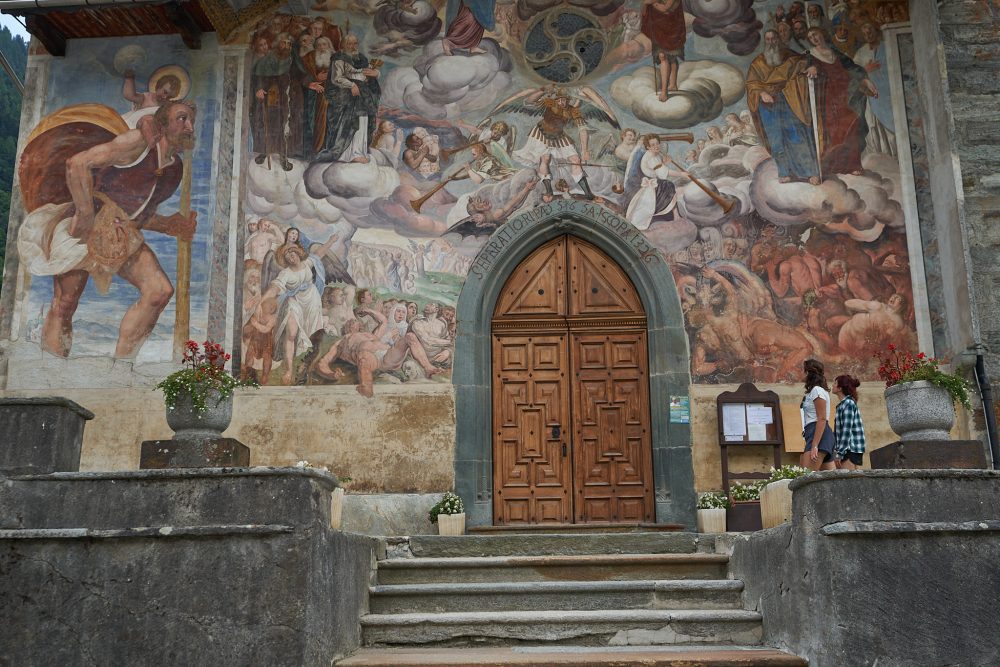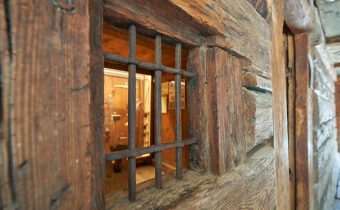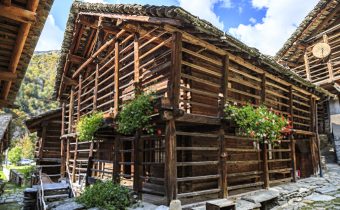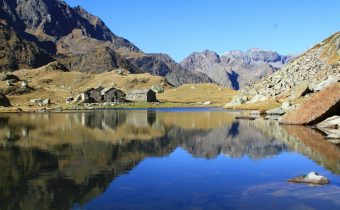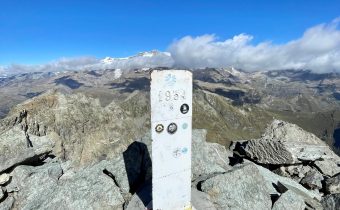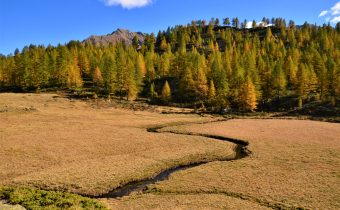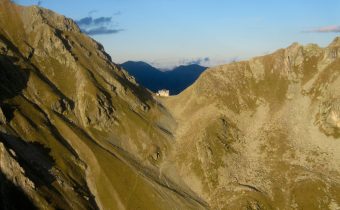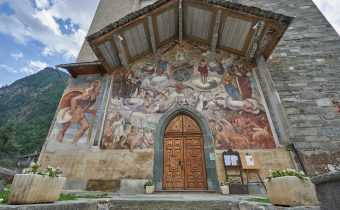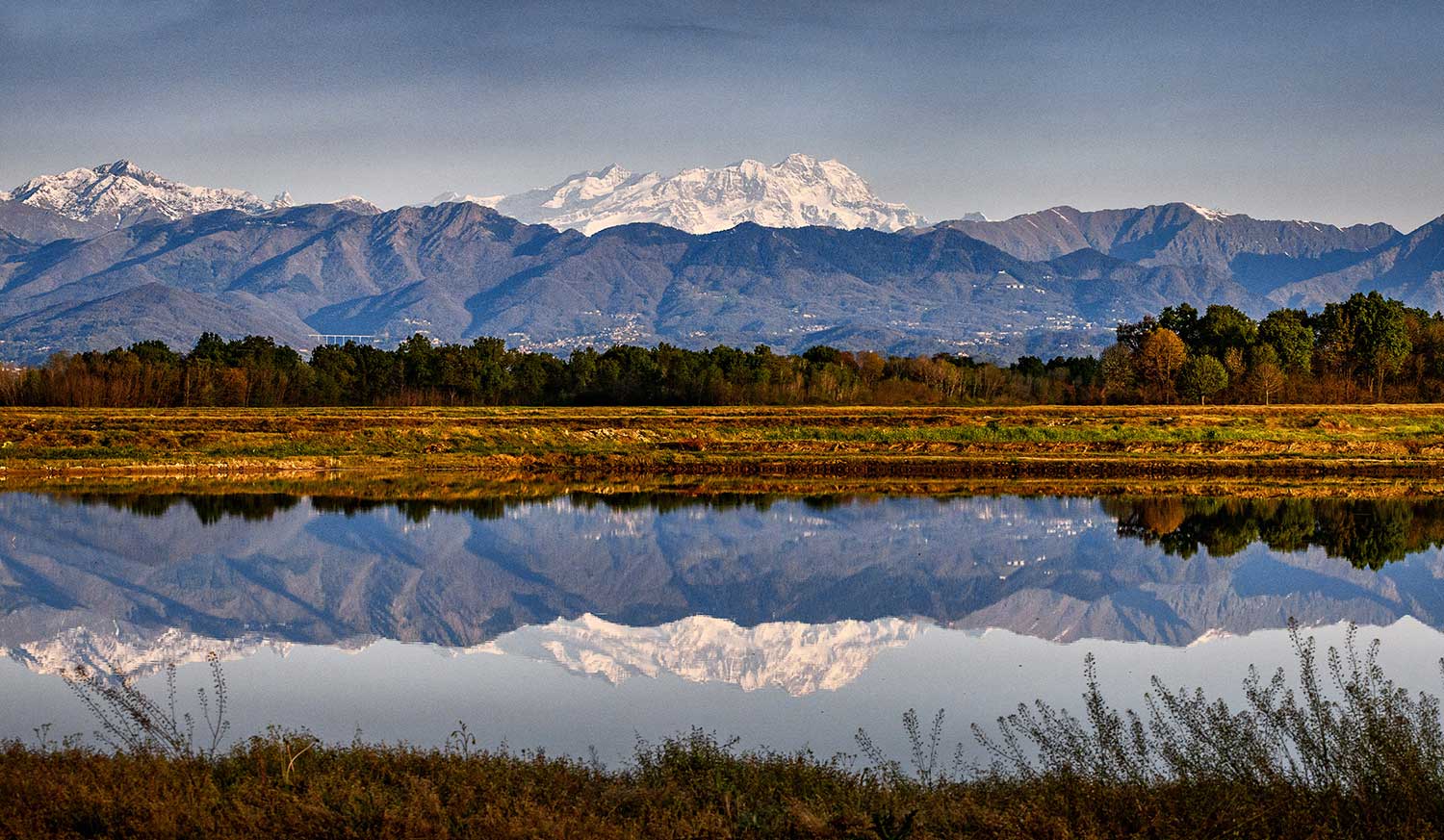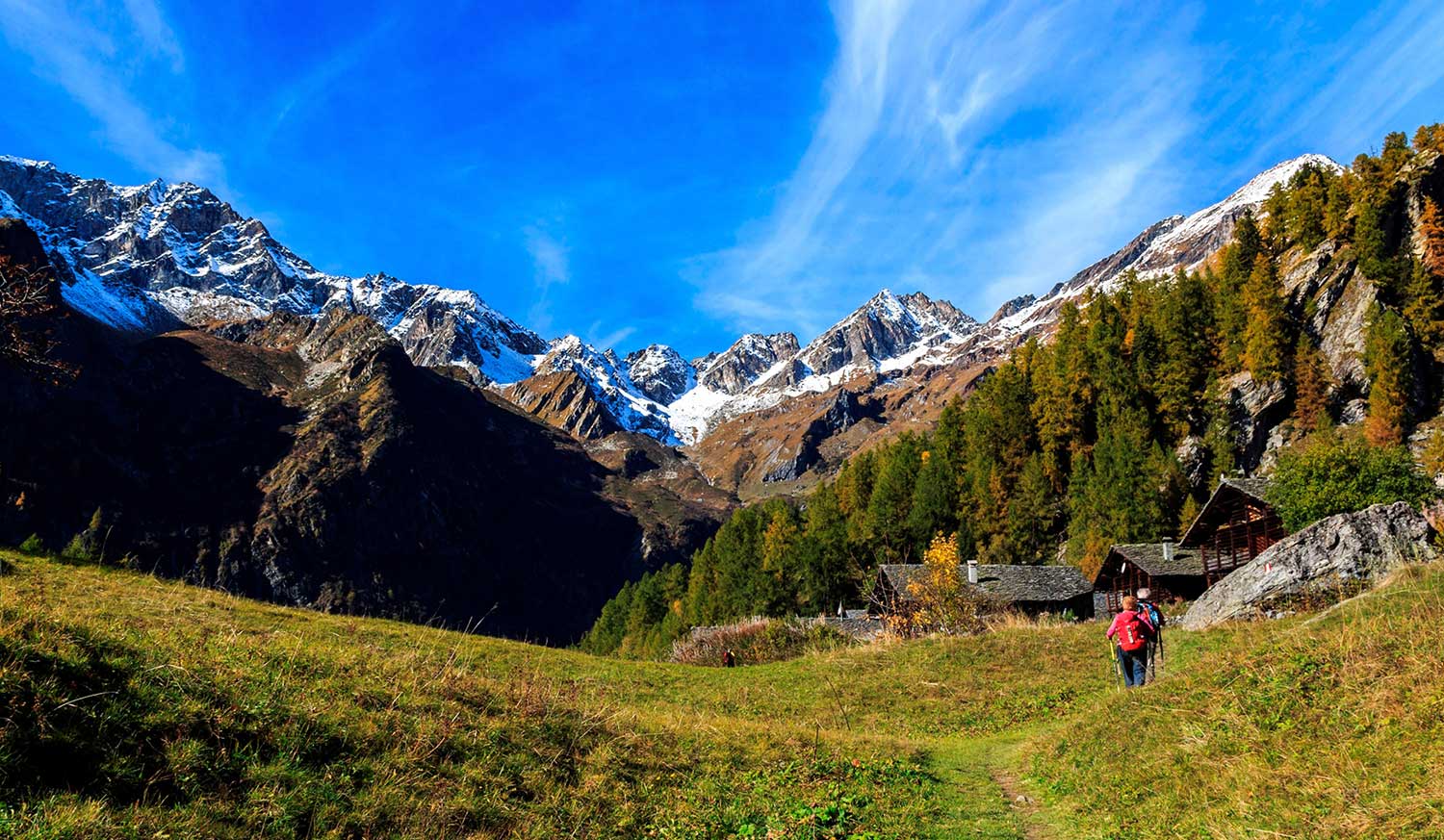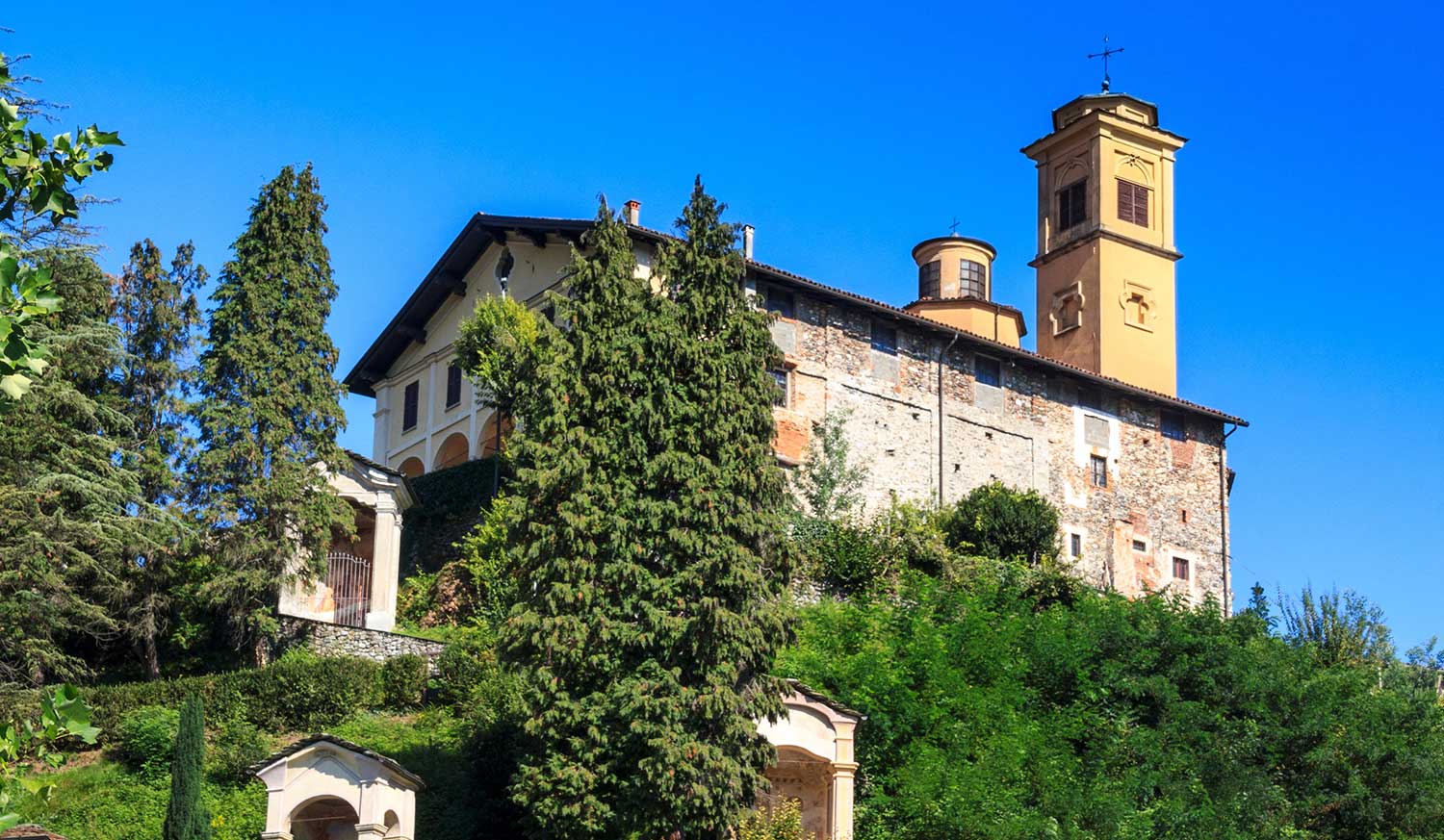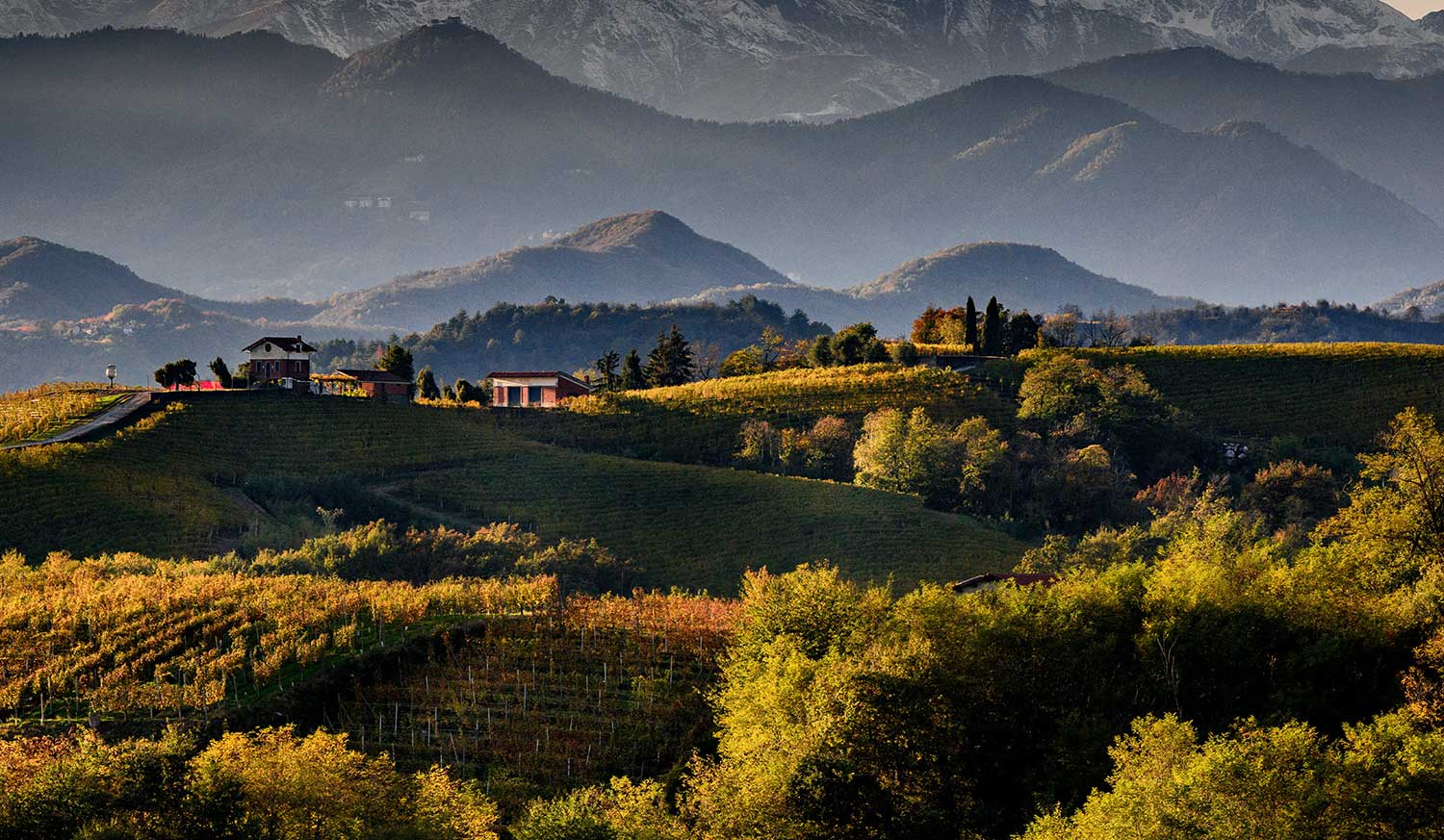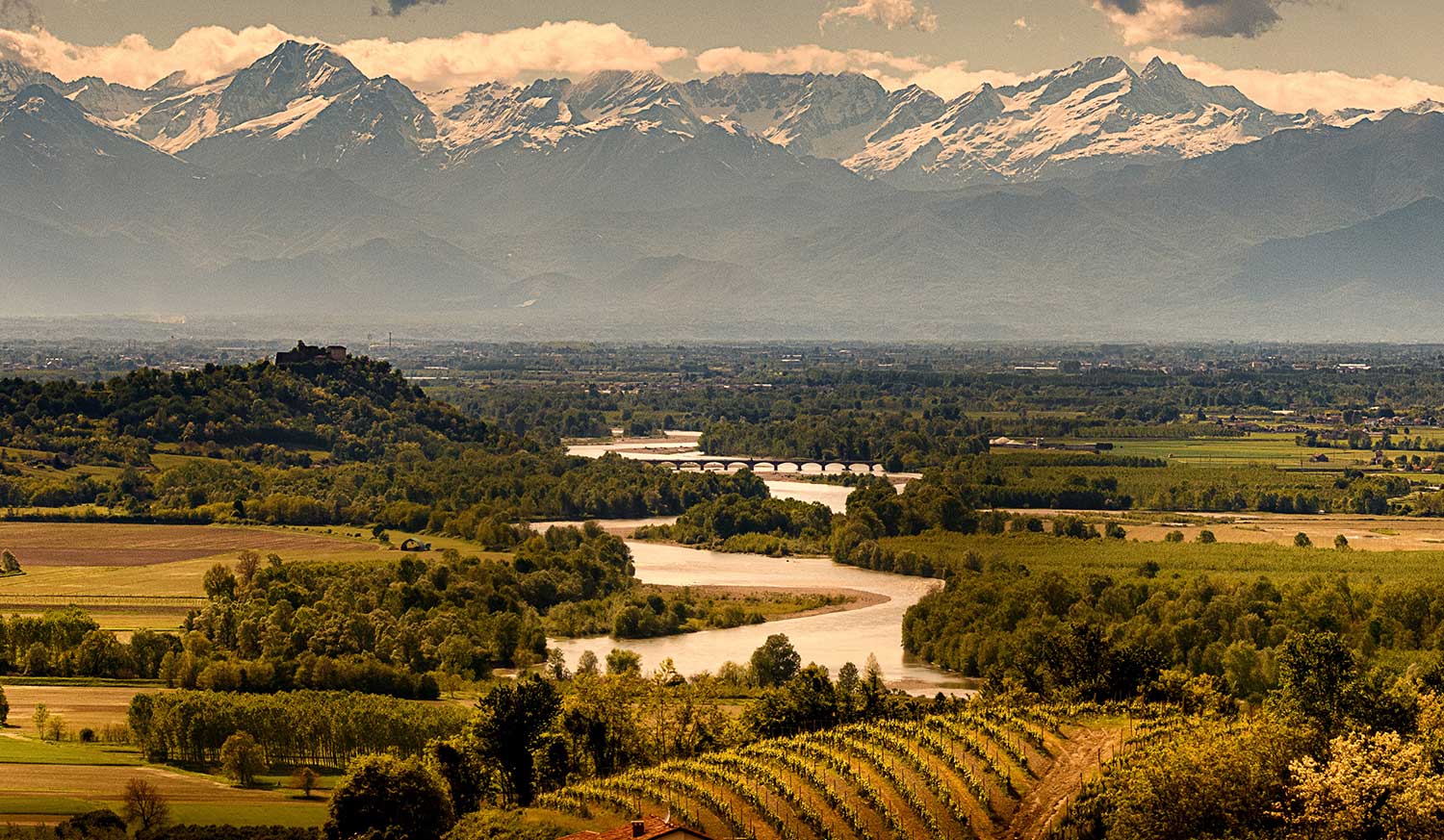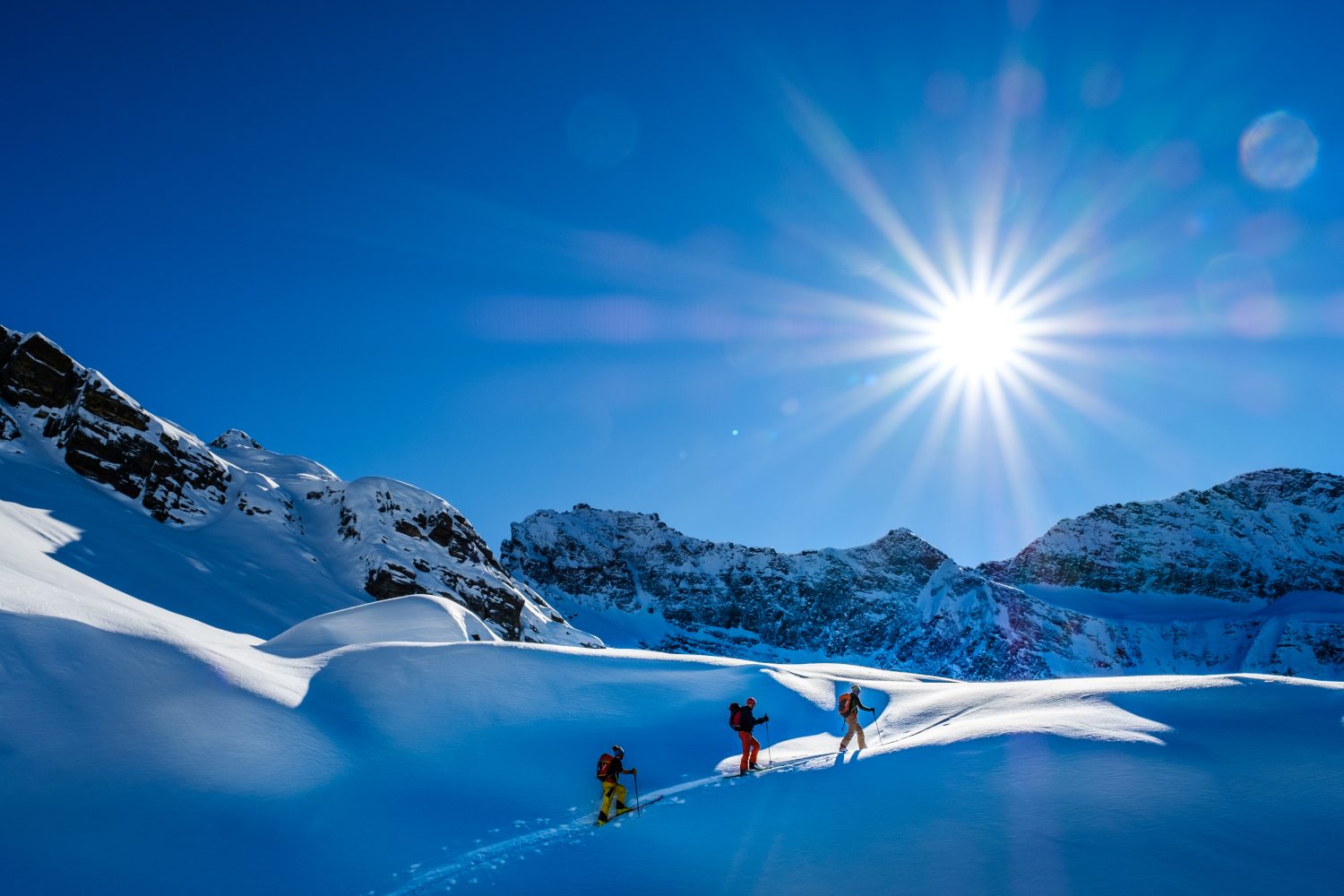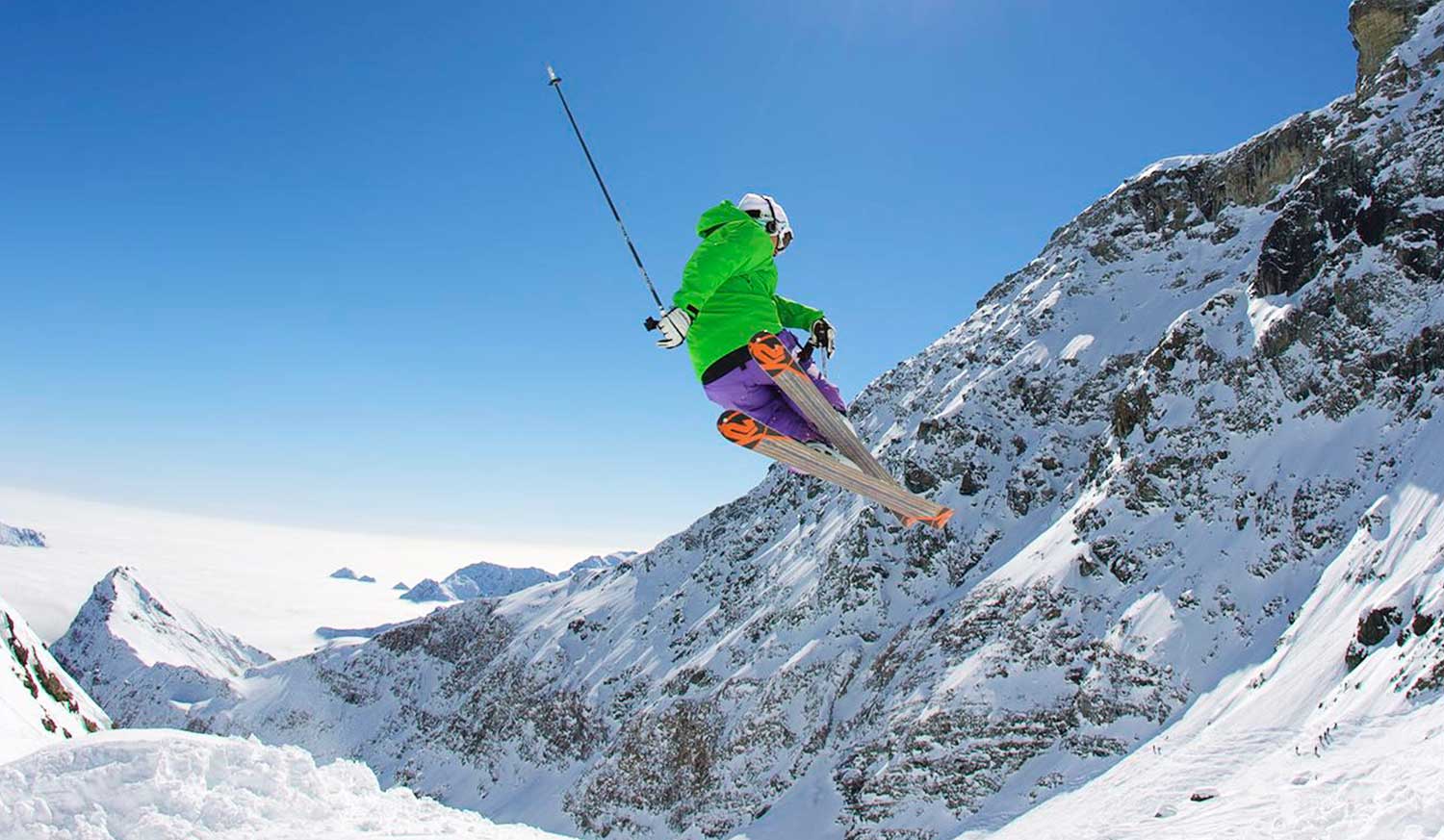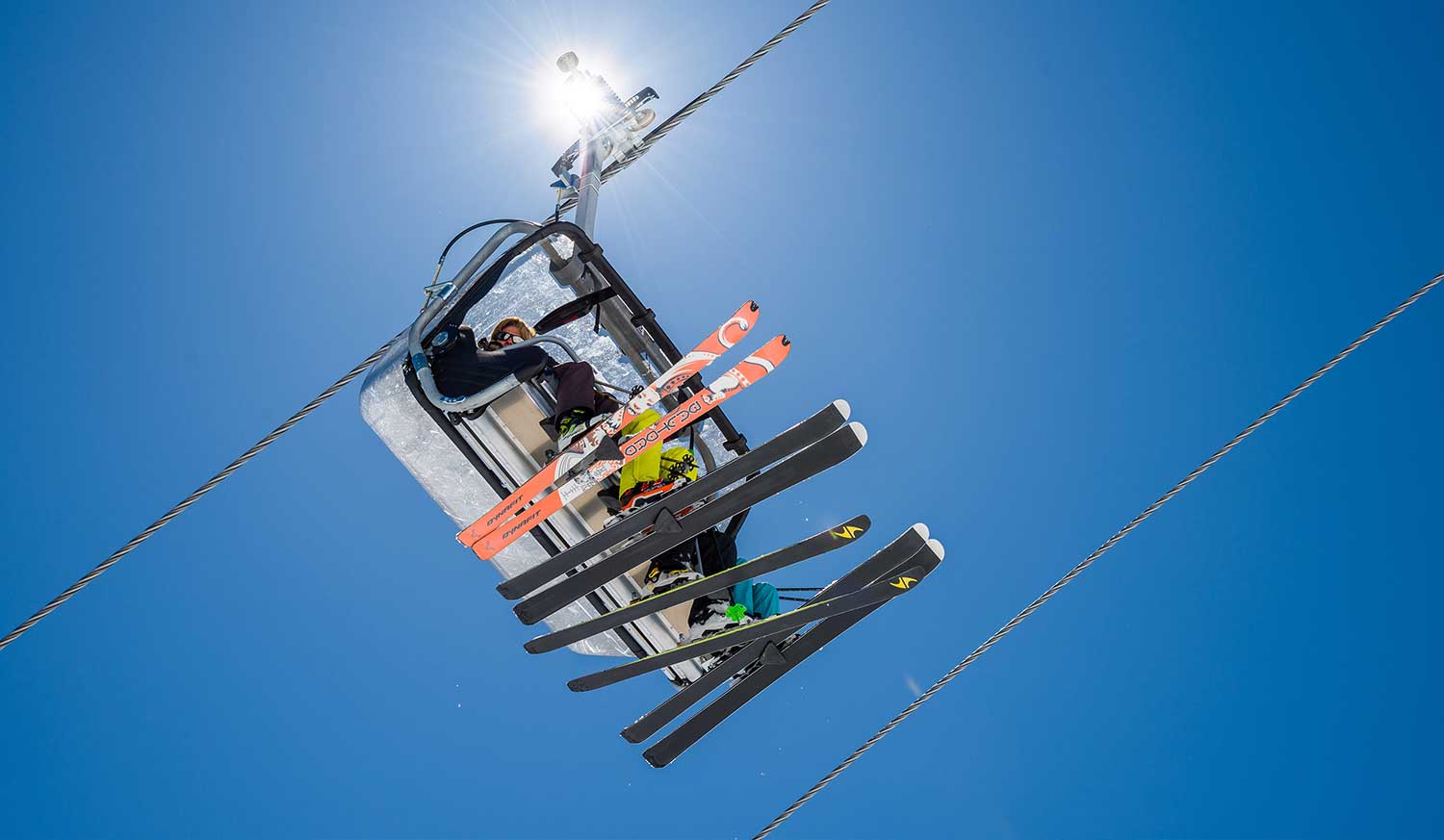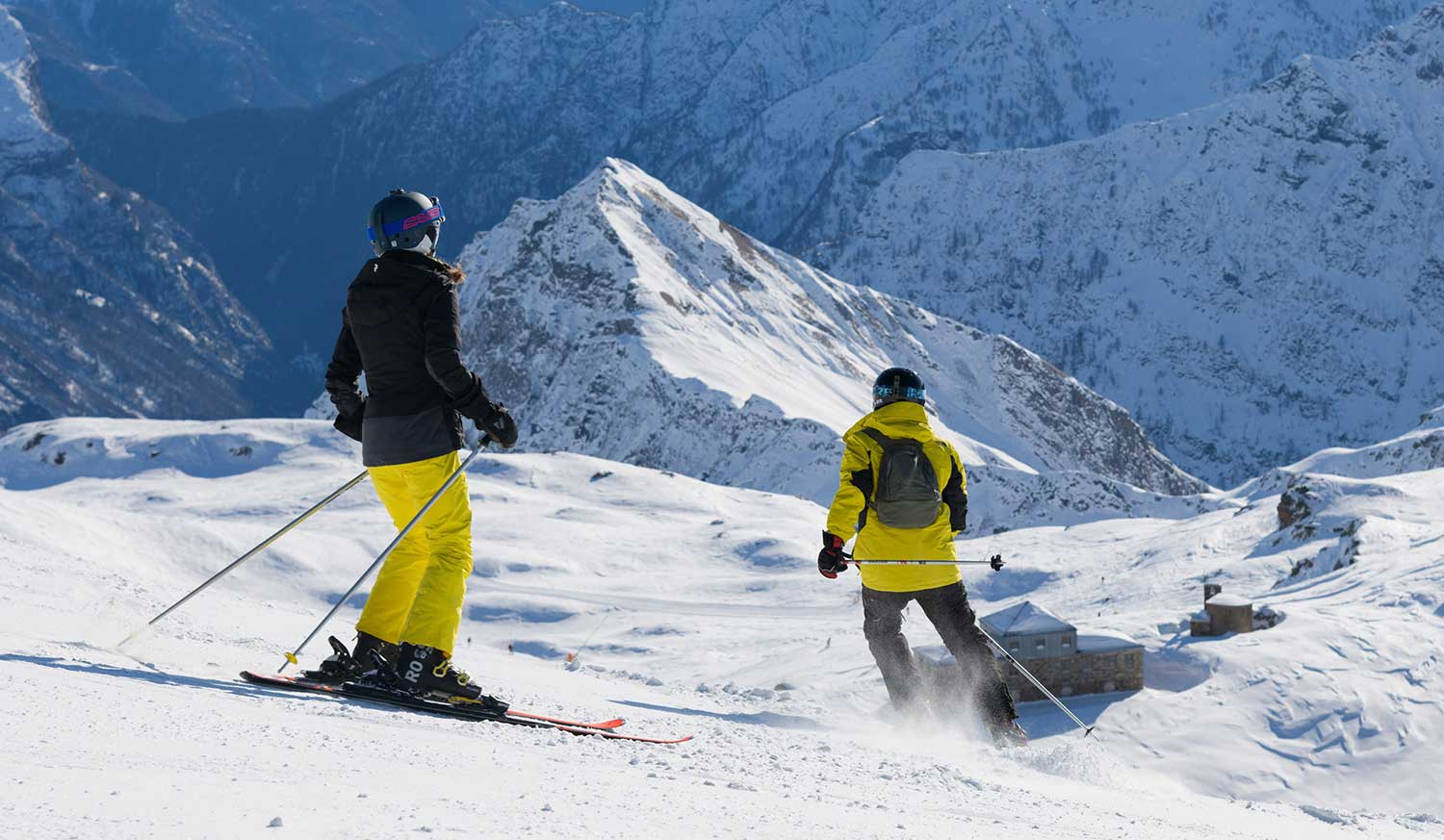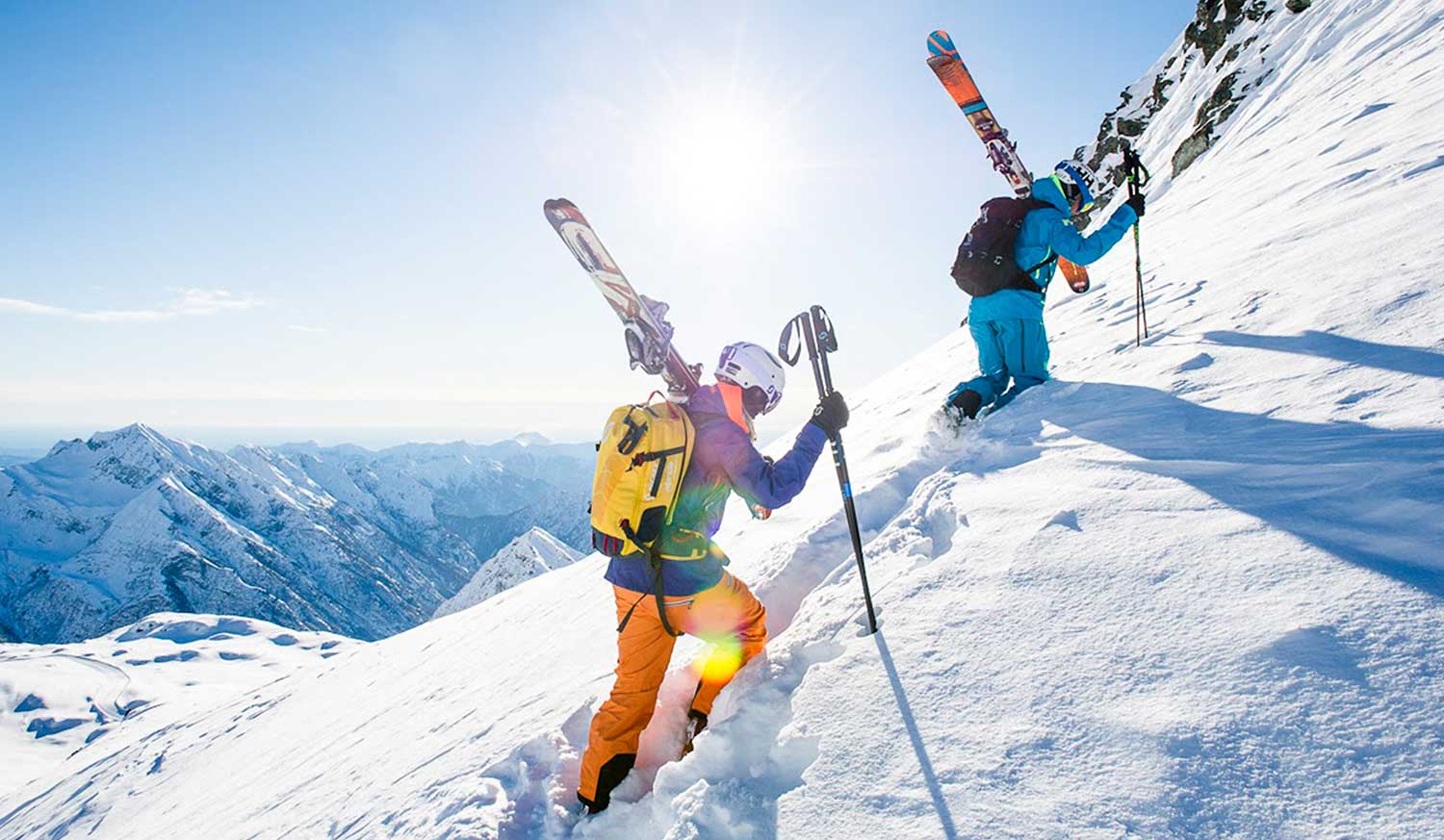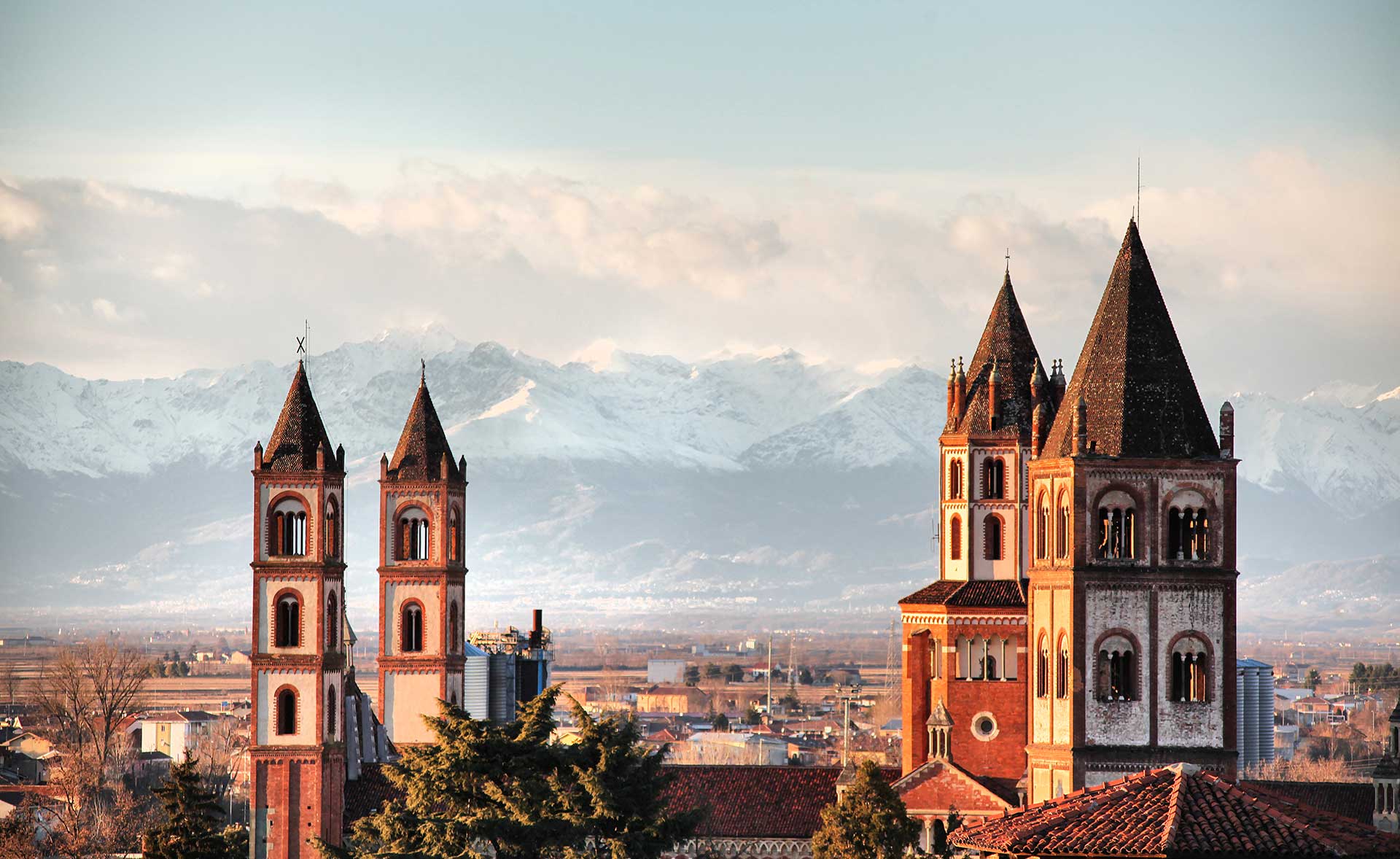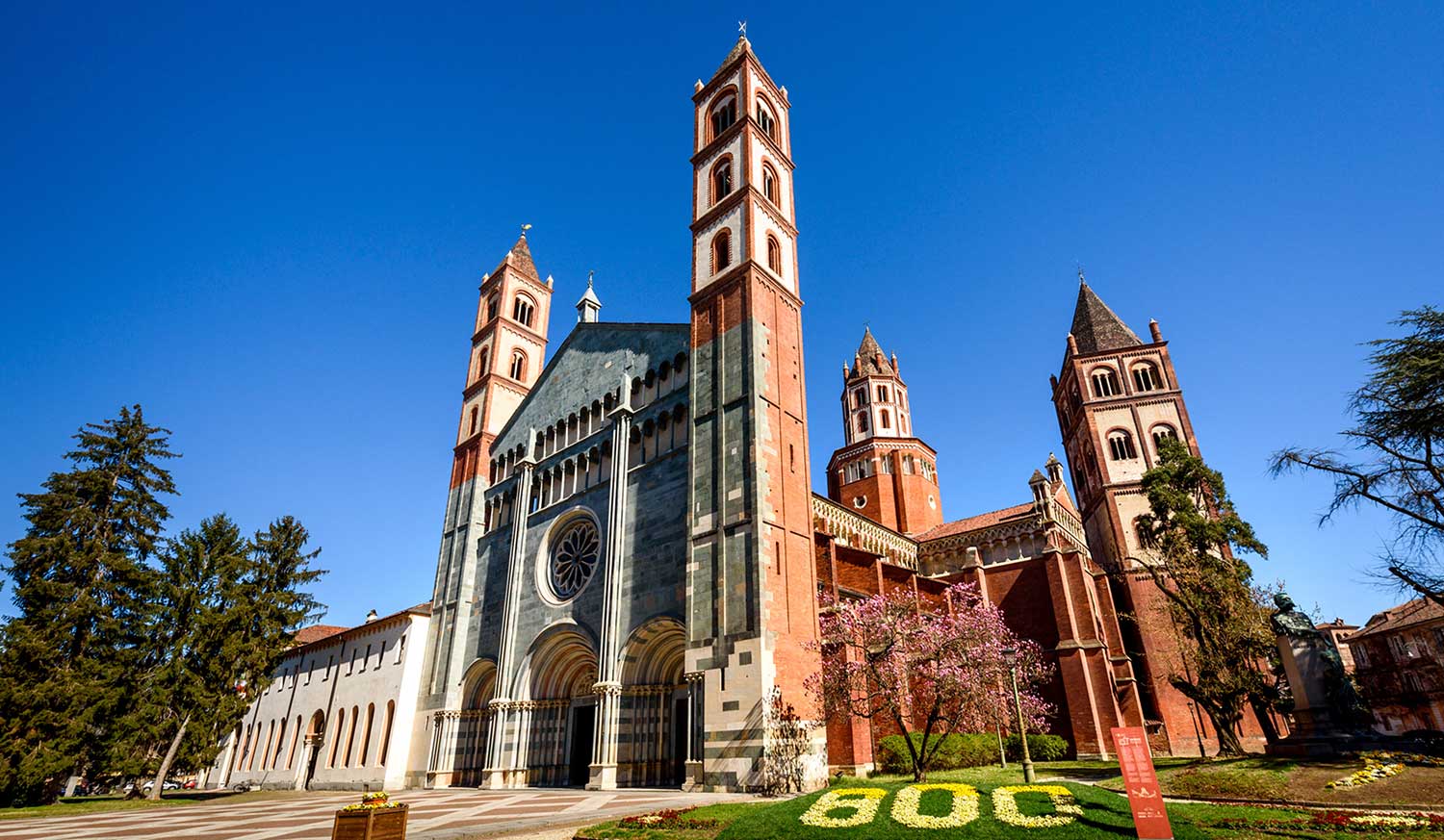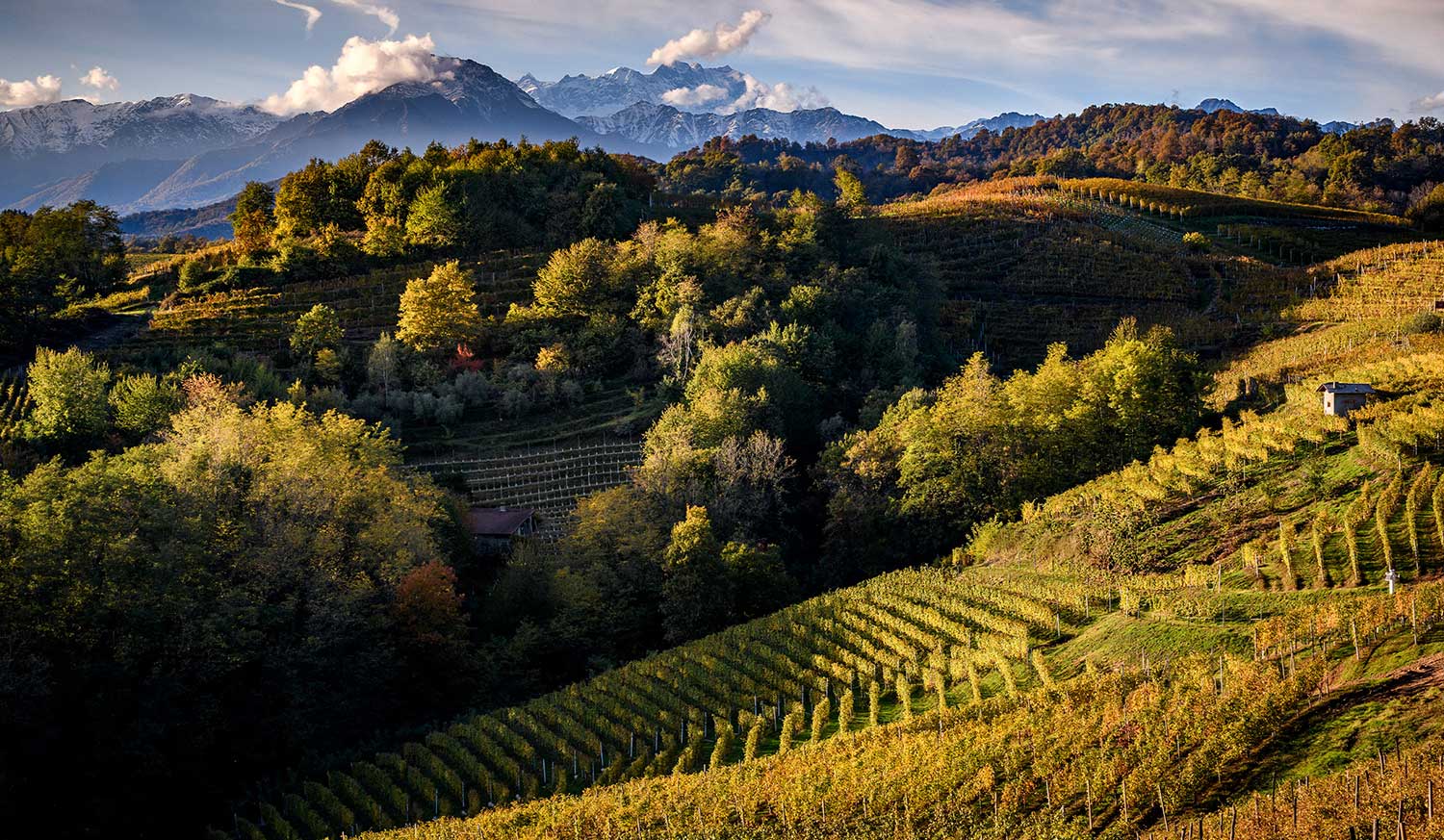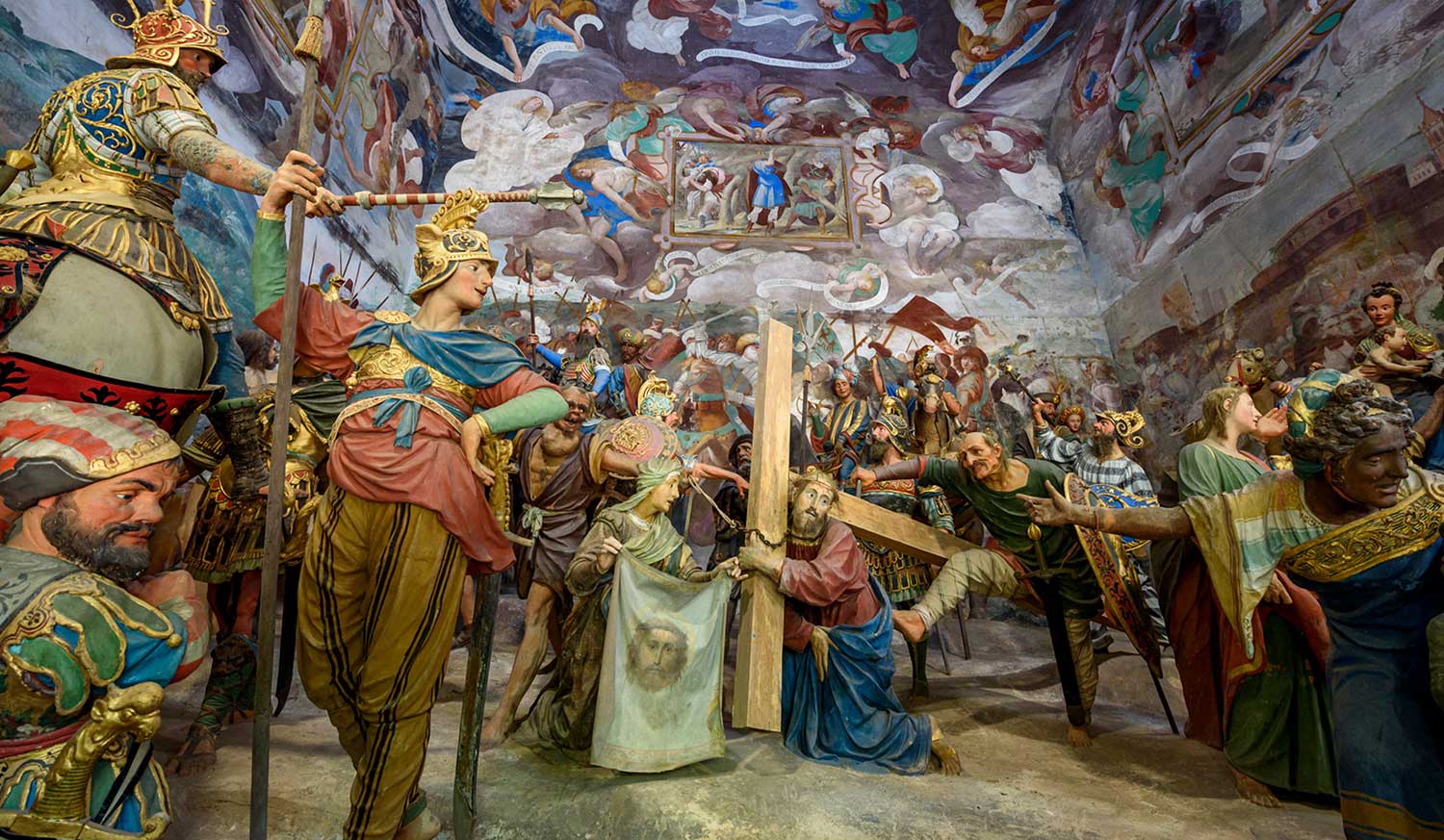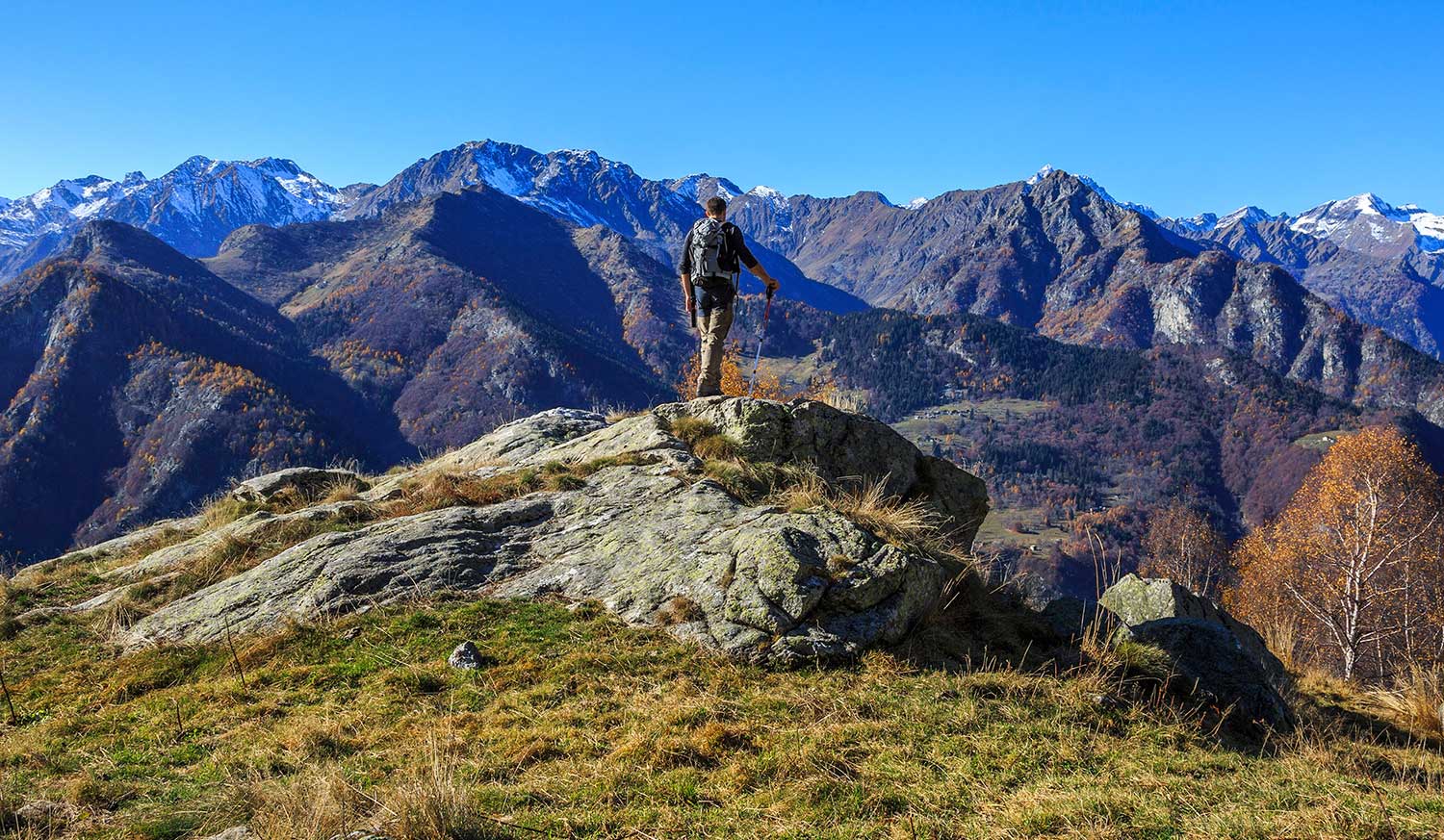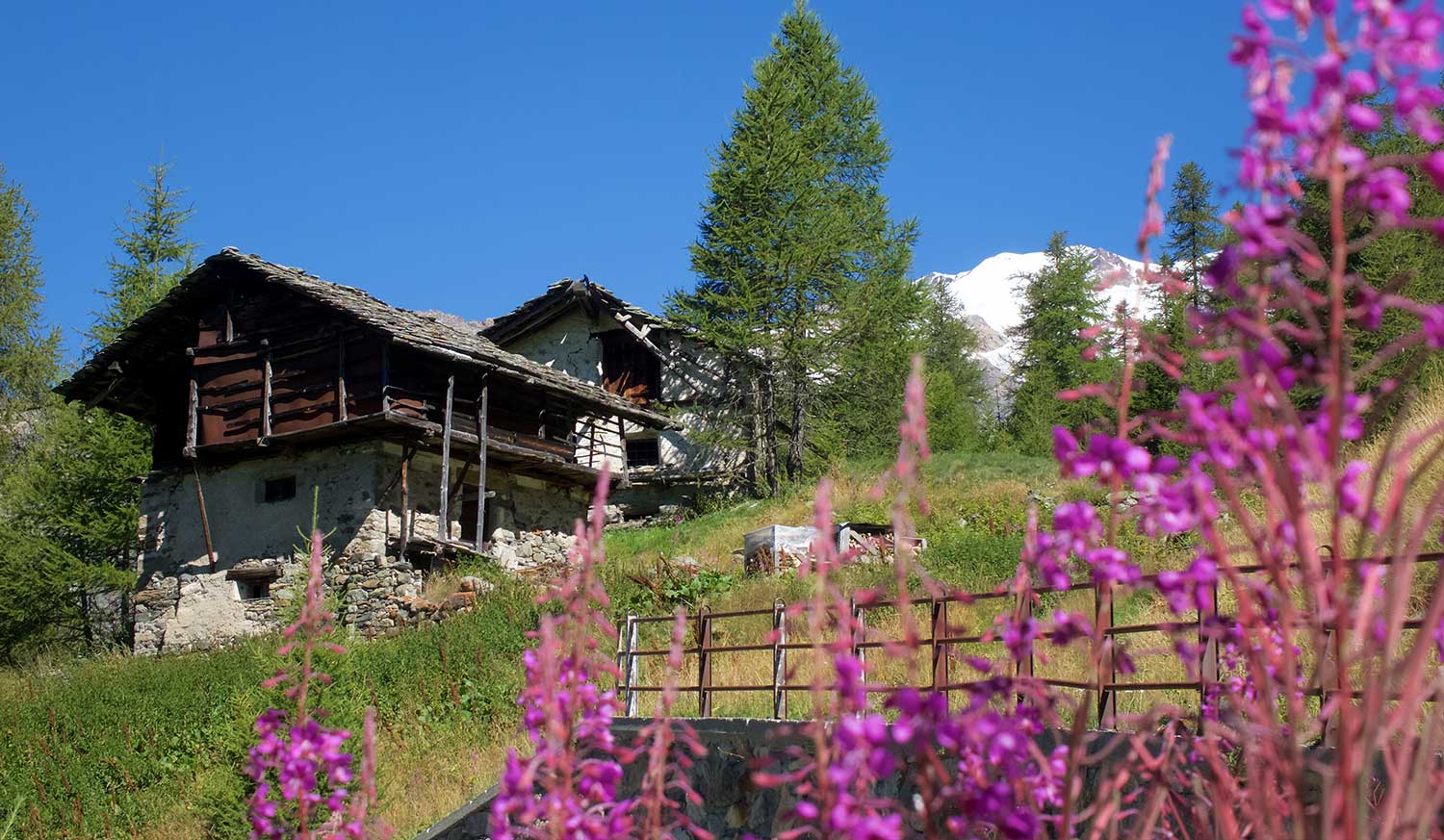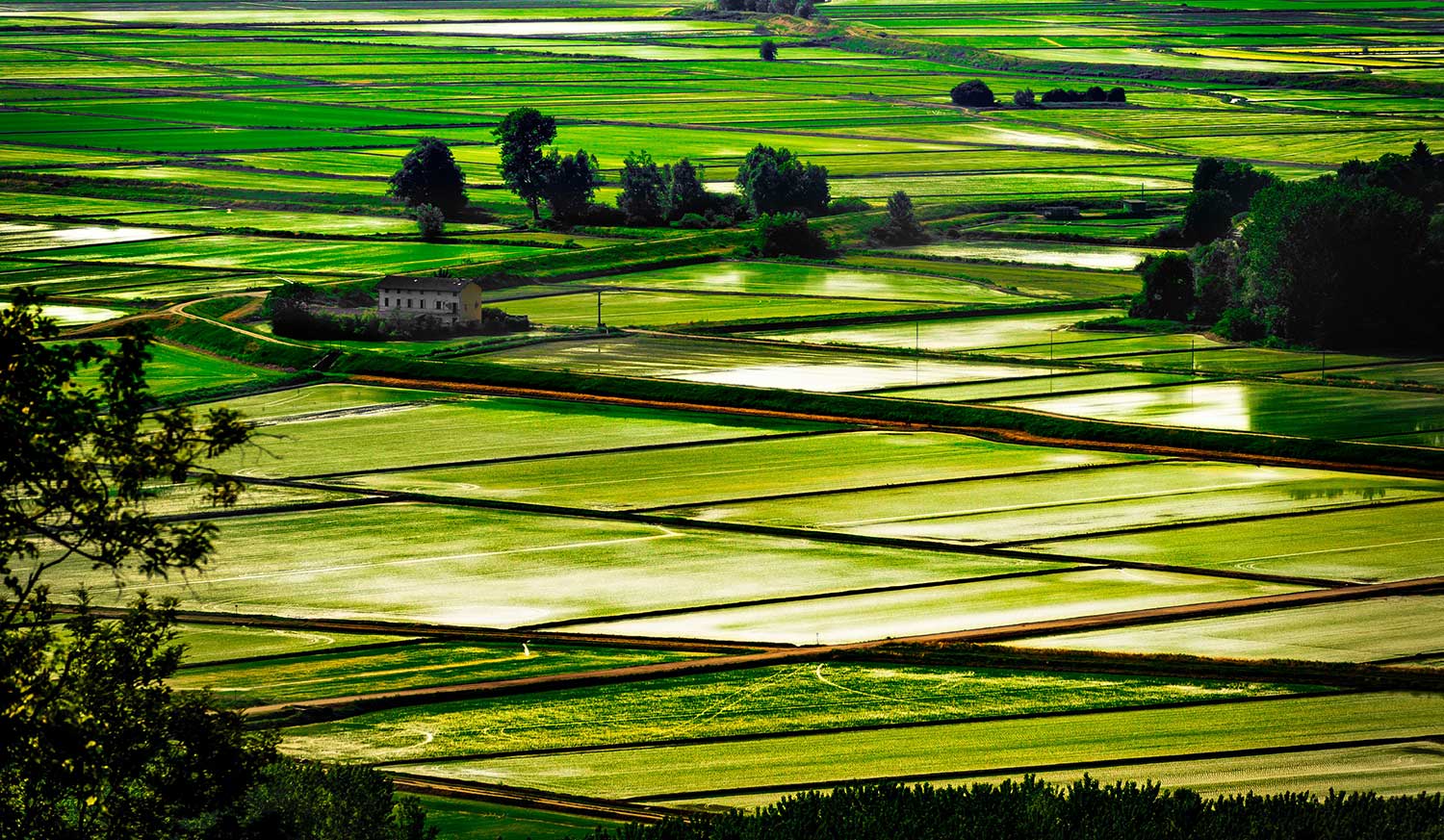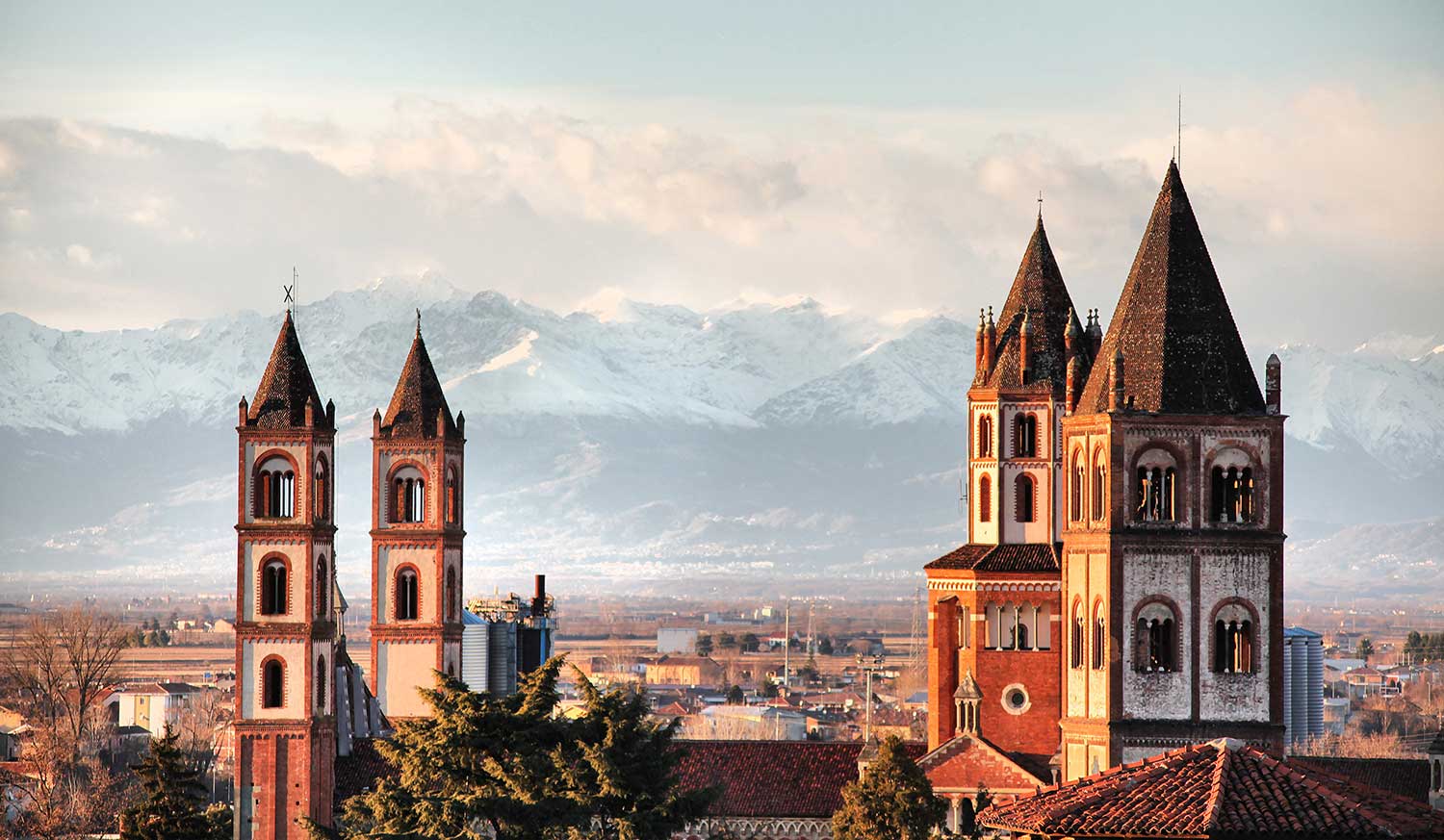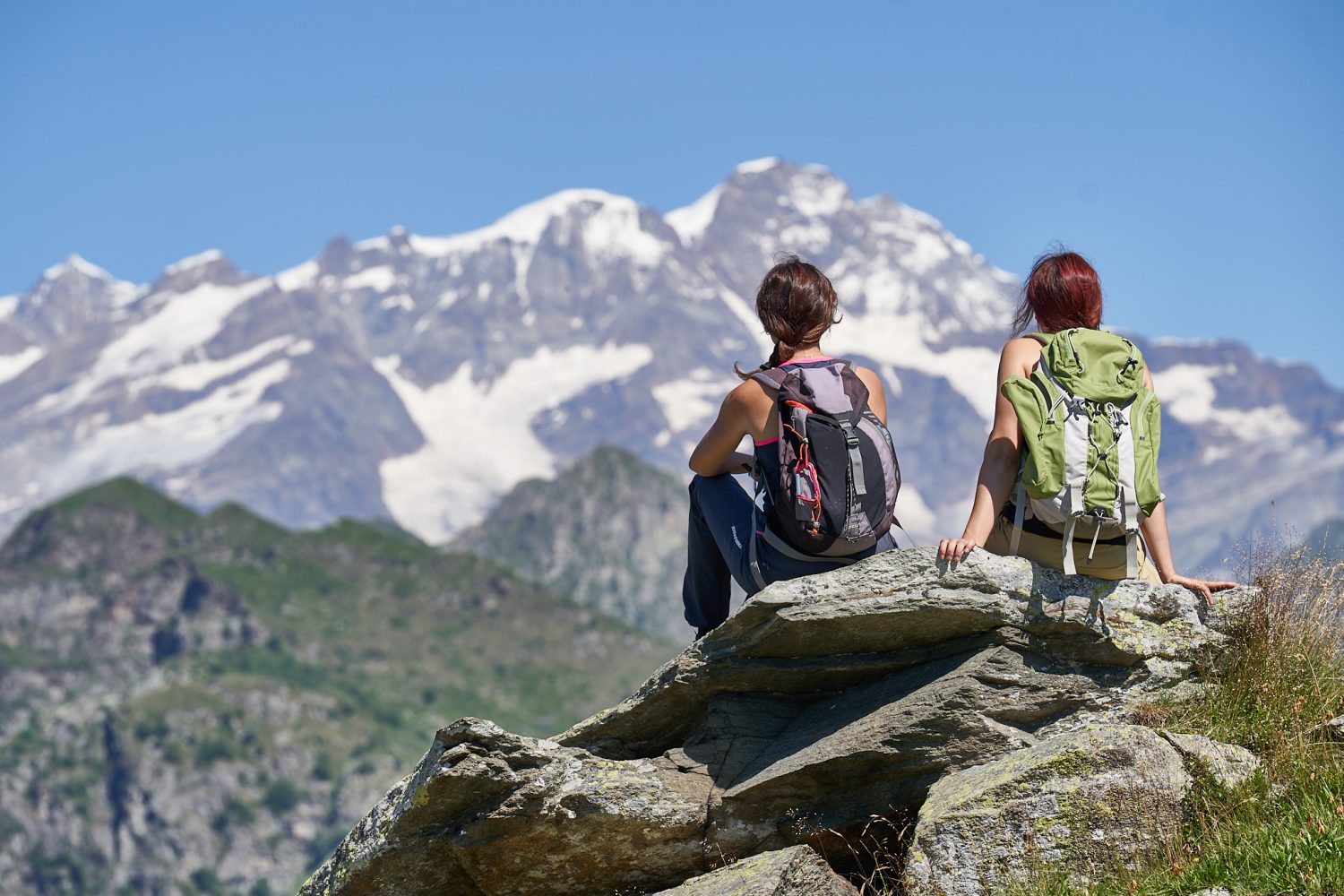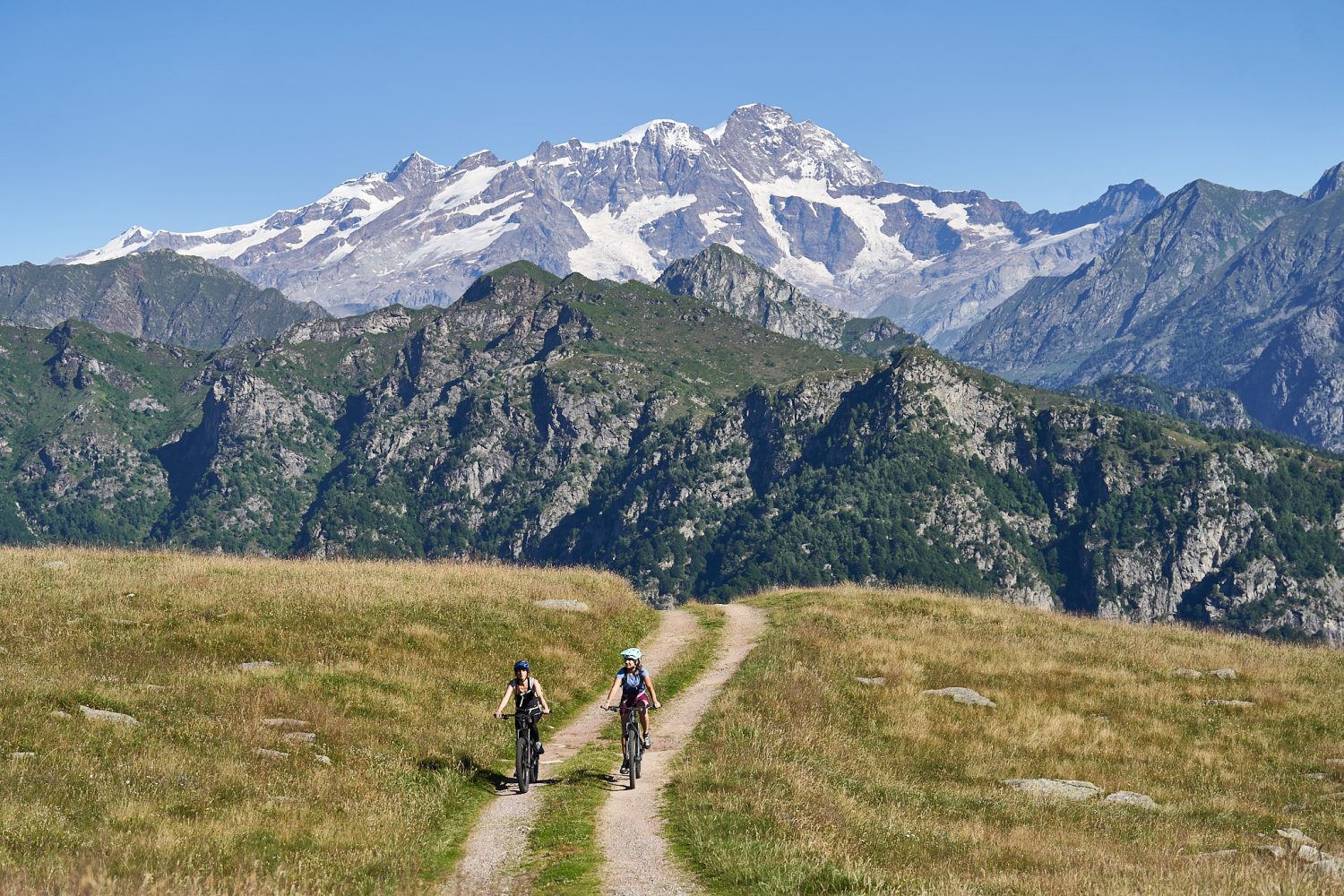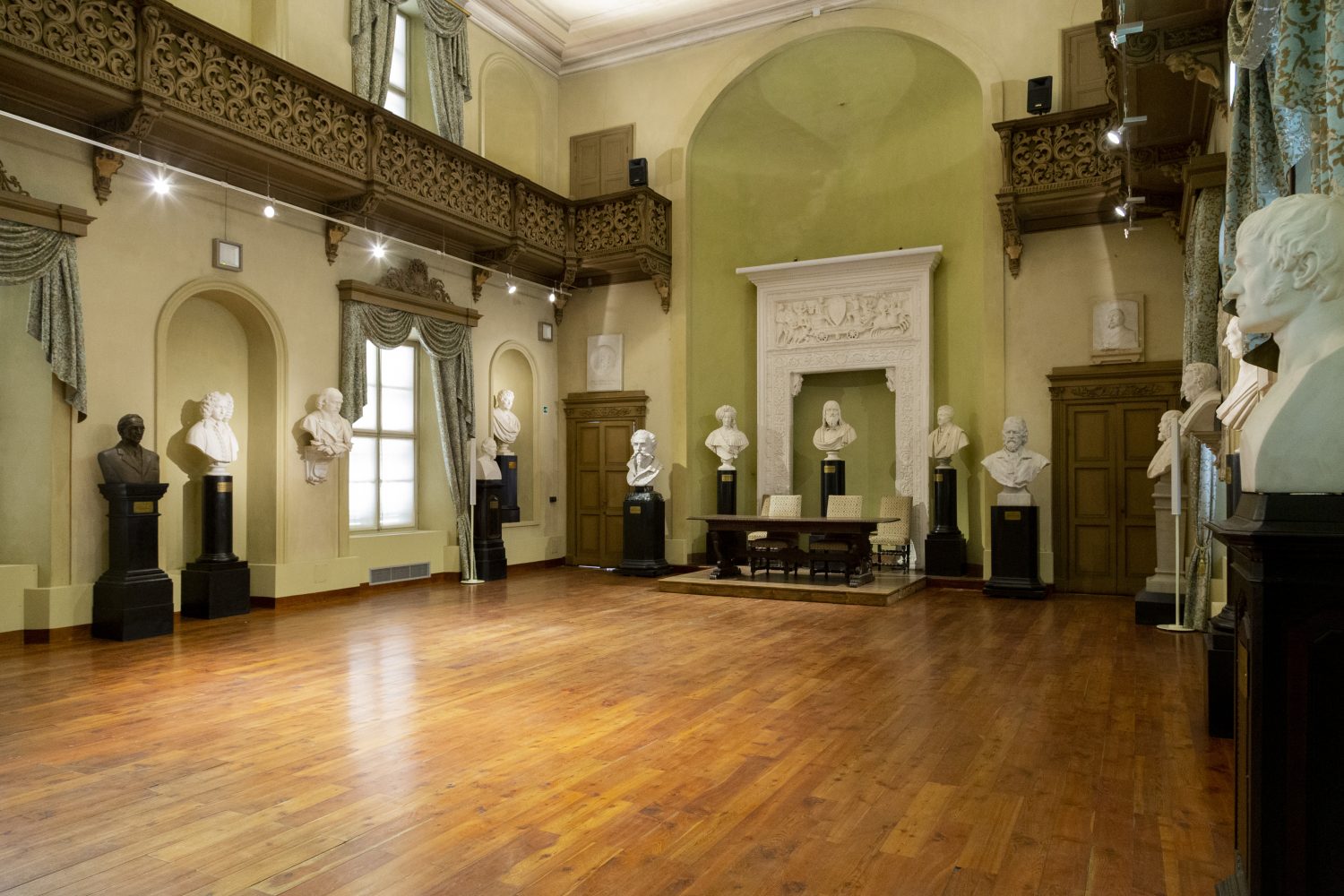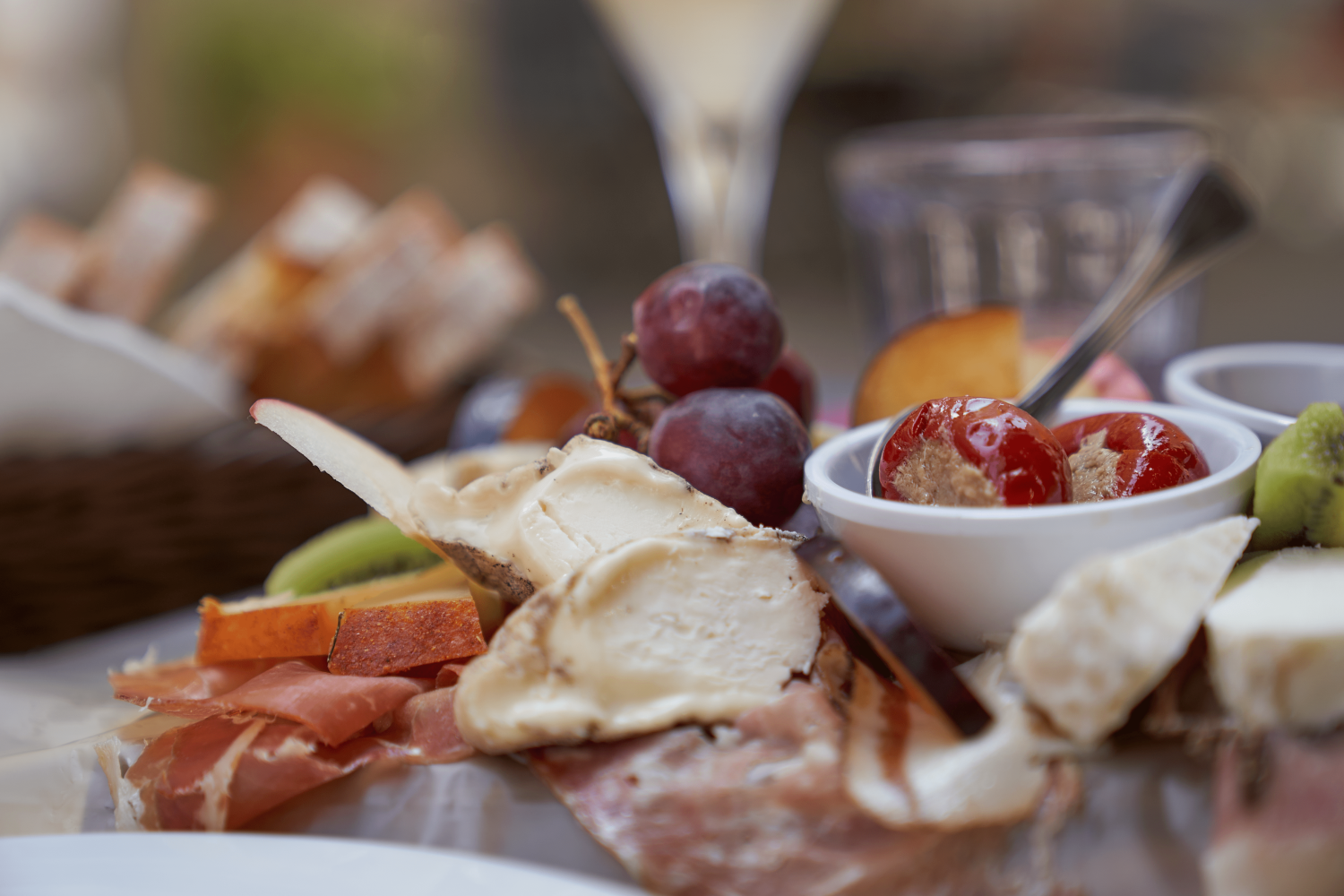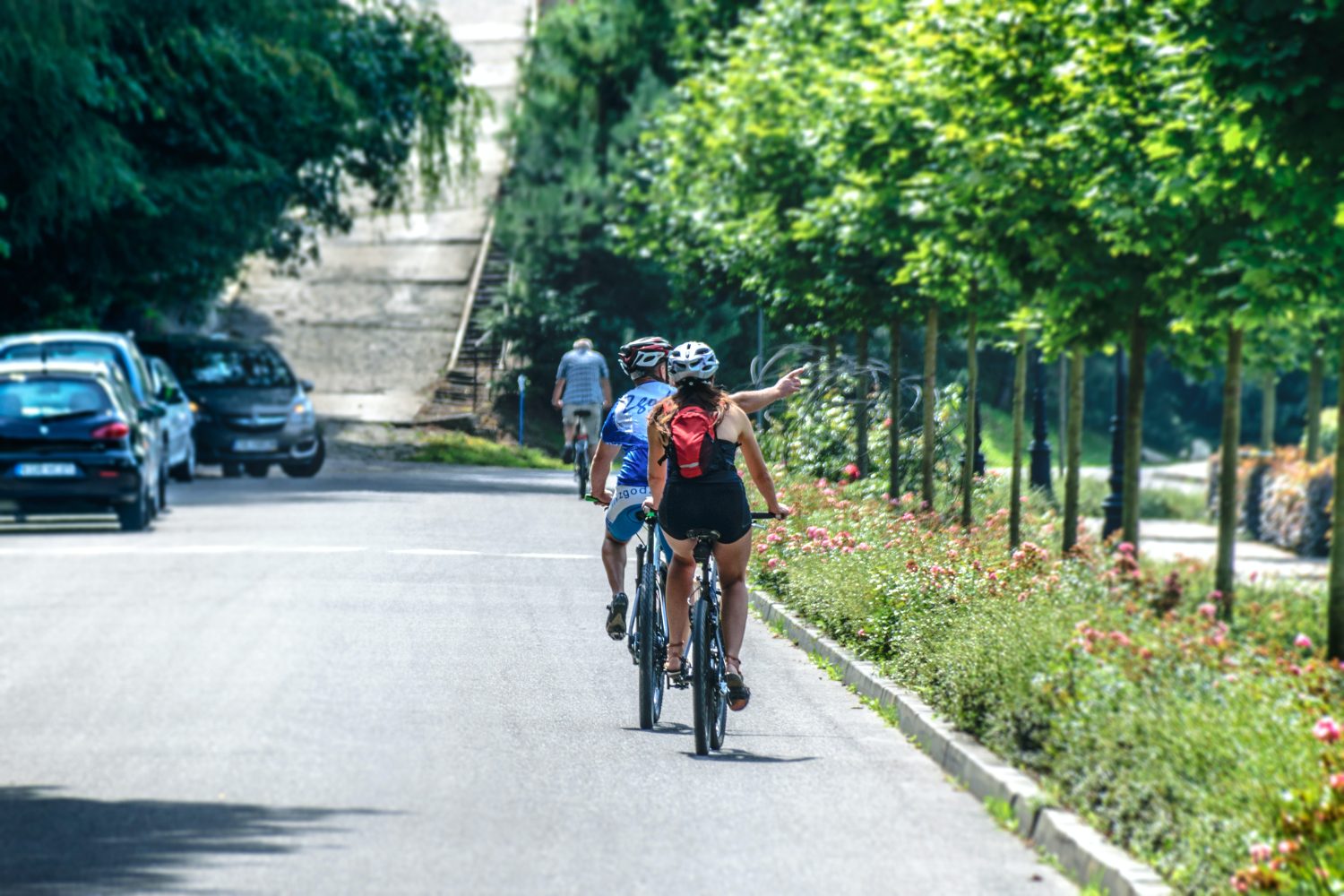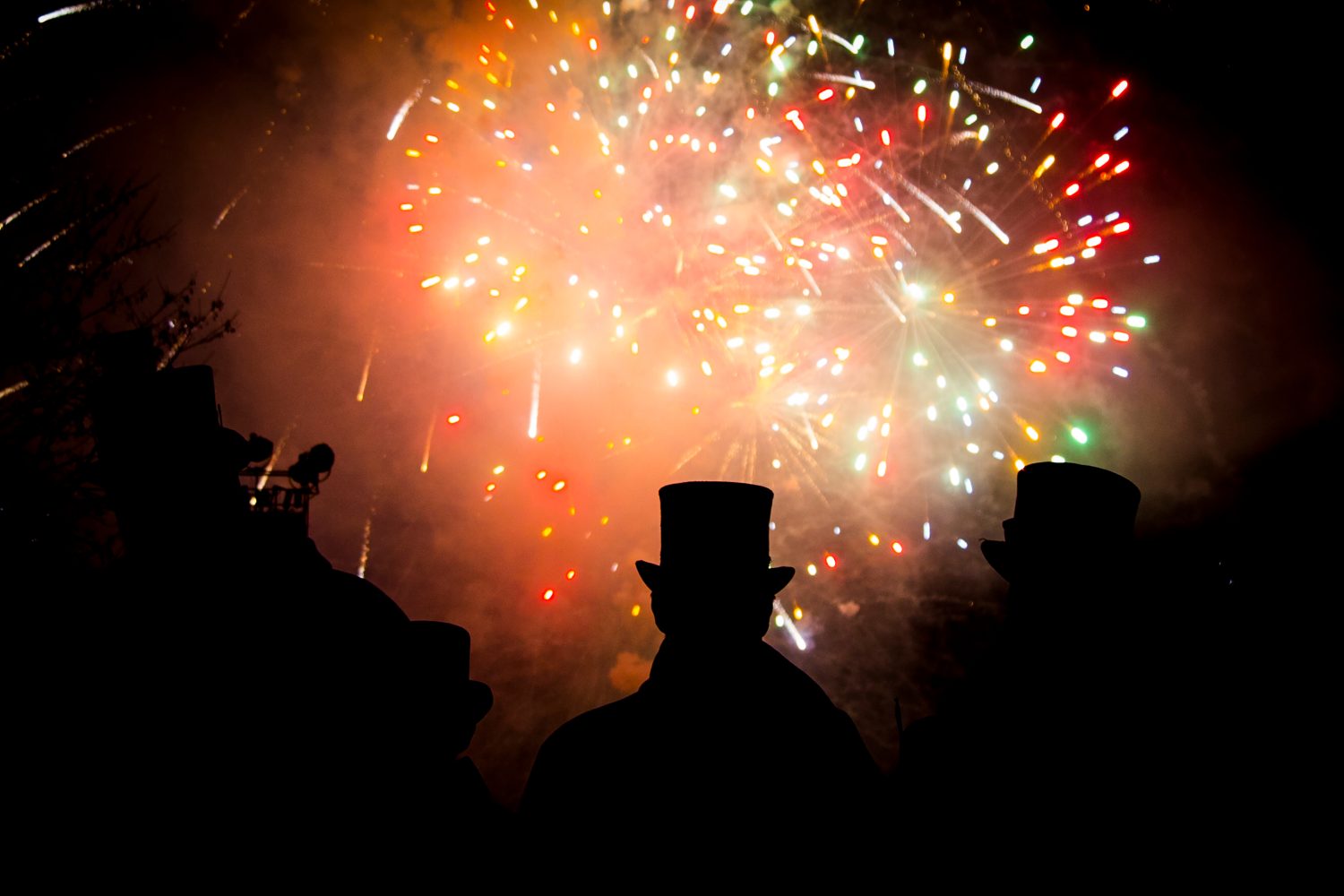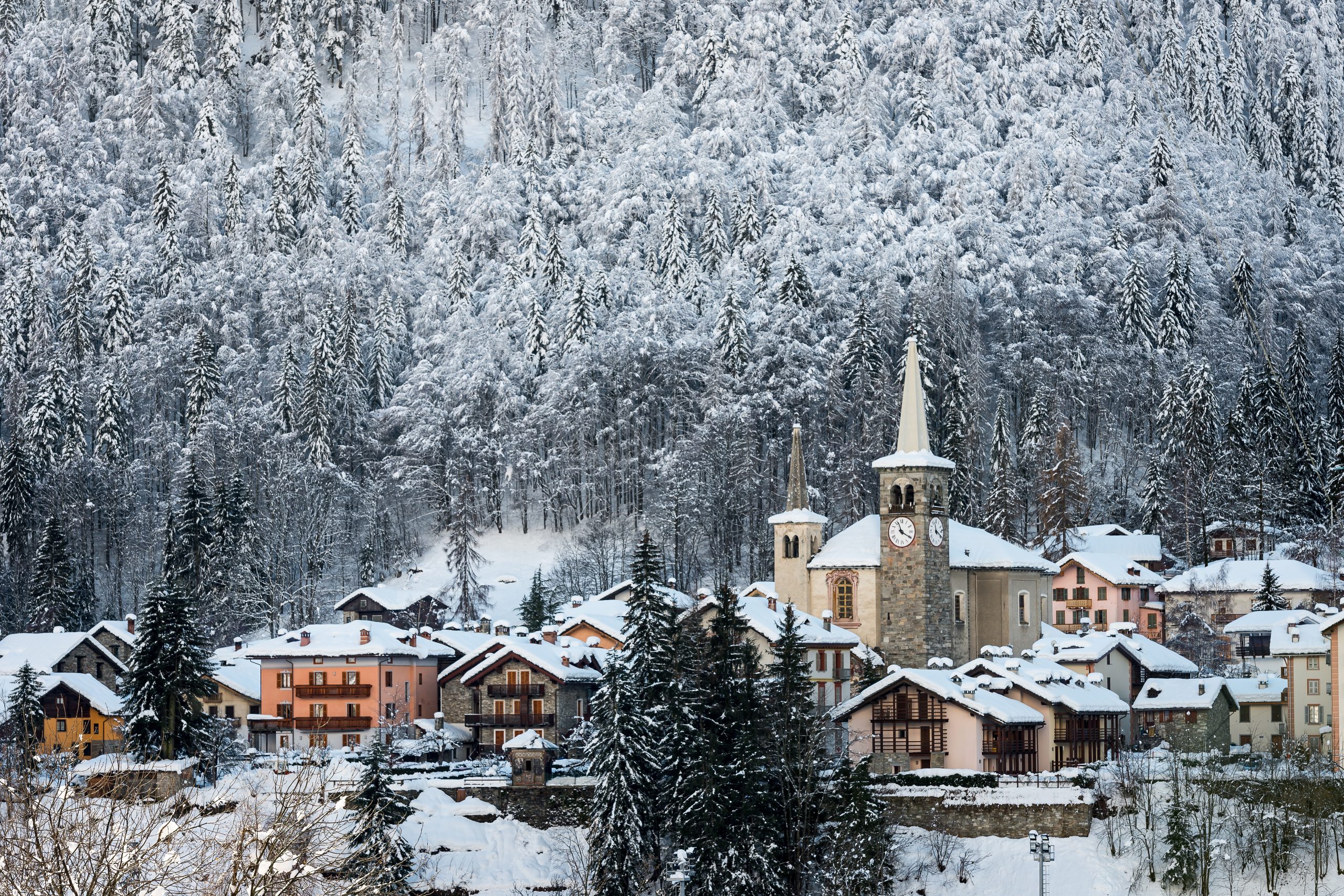
Loc. Riva Valdobbia
The only resort in the Valsesia region from which one can enjoy a full view of the Mount Rosa Massif, Riva Valdobbia offers its visitors breathtaking scenery and centuries-old history.
THE TOWN OF RIVA VALDOBBIA
Riva Valdobbia, nestled in the Valsesian mountains and located on the right orographic bank of the Sesia river, is an interesting tourist resort that offers visitors, just a few kilometres before entering the town, a majestic view of the south-east face of Mount Rosa.
A small village of Walser origins, it houses the Rabenardo Ethnographic Museum established by the Locca family in a typical Walser dwelling.
Valsesia and Riva Valdobbia were merged into a single area called “Twin Stones” and, as of 1 January 2019, the two municipalities are merged again.
Riva Valdobbia is surrounded by numerous hamlets that offer glimpses of the history and culture associated with mountain living: Balma, Boccorio, Buzzo, Cà di Janzo, Cambiaveto, Cà Morca, Cà Piacentino, Cà Verno, Cà Vescovo, Gabbio, Isolello, La Montata, Oro, Peccia, Piana Fuseria, Piane, Rabernardo, Sant’Antonio and Selveglio.
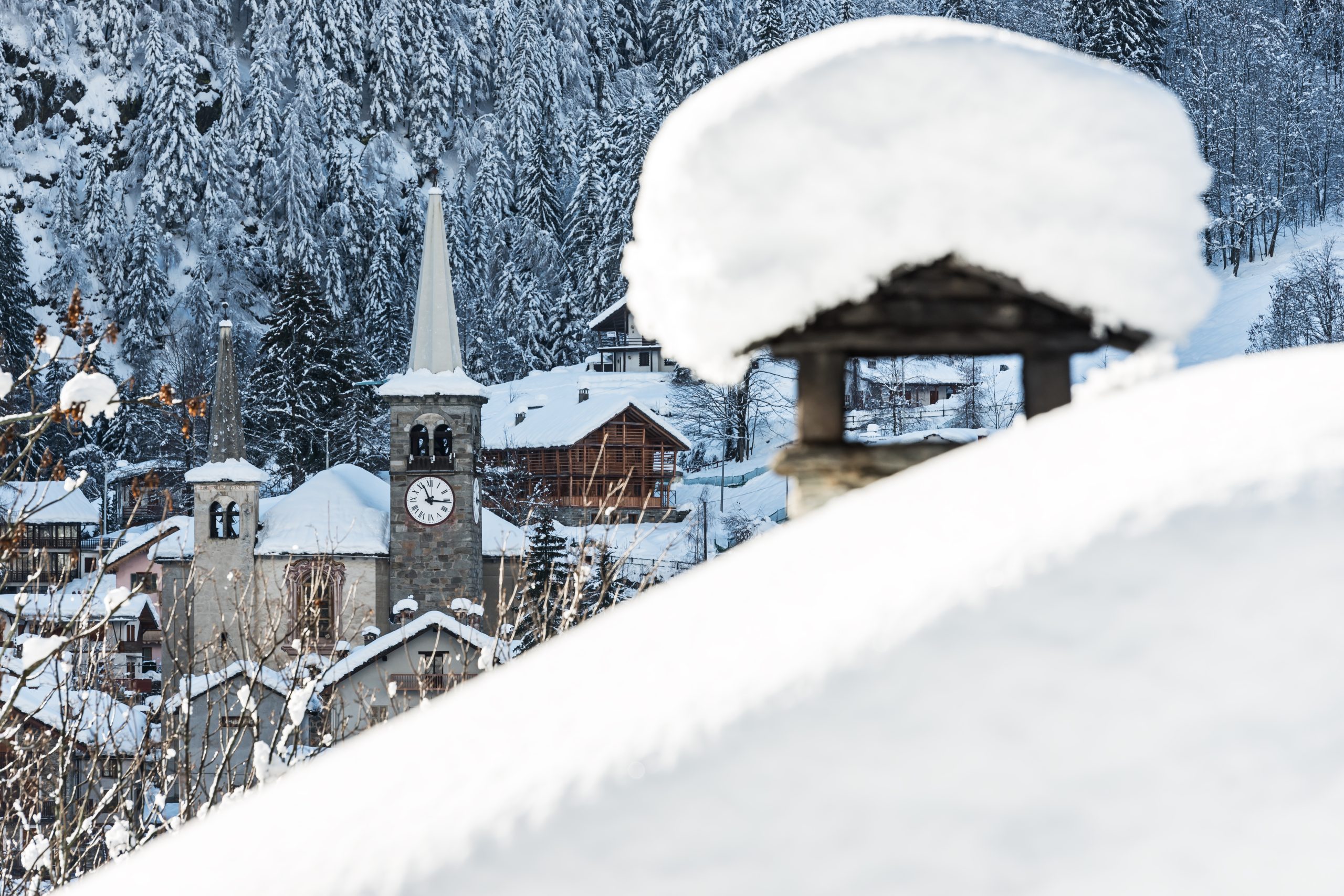
THE CHURCH OF ST. MICHAEL
In the main square of Riva Valdobbia stands the majestic Church of St. Michael the Archangel. Dating back to the 15th century, it is a treasure trove of works of art.
The beautiful fresco that dominates the entire façade depicting the Last Judgement by Melchiorre D’Enrico, artist from Alagna, is impressive.
The spacious interior has a single nave surrounded by several side chapels painted and stuccoed with fine decorations. The vault and dome feature 18th century frescoes by Borsetti and Orgiazzi. The marble altar dates back to 1749, and the choir and pulpit to 1760.
THE VOGNA VALLEY
From Riva Valdobbia, which offers a postcard-perfect view of Mount Rosa, you can set out to explore Val Vogna by following the “Via Regia”, an ancient communication route with the Aosta Valley. Used by markets and migrants, it passes through enchanting hamlets to Colle Valdobbia where the historic Sottile Hospice, built in 1823 by Canon Sottile, is located. The particularly wild Vogna Valley, narrow and wedged between mountains, is dotted with beautiful Walser villages and numerous small oratories of considerable historical and cultural importance.
Food and wine enthusiasts should head for the unspoilt Maccagno alpine pasture, where the namesake cheese, Toma Maccagno (PDO), one of the most renowned cheeses in all of Valsesia and a slow food presidium, is produced.
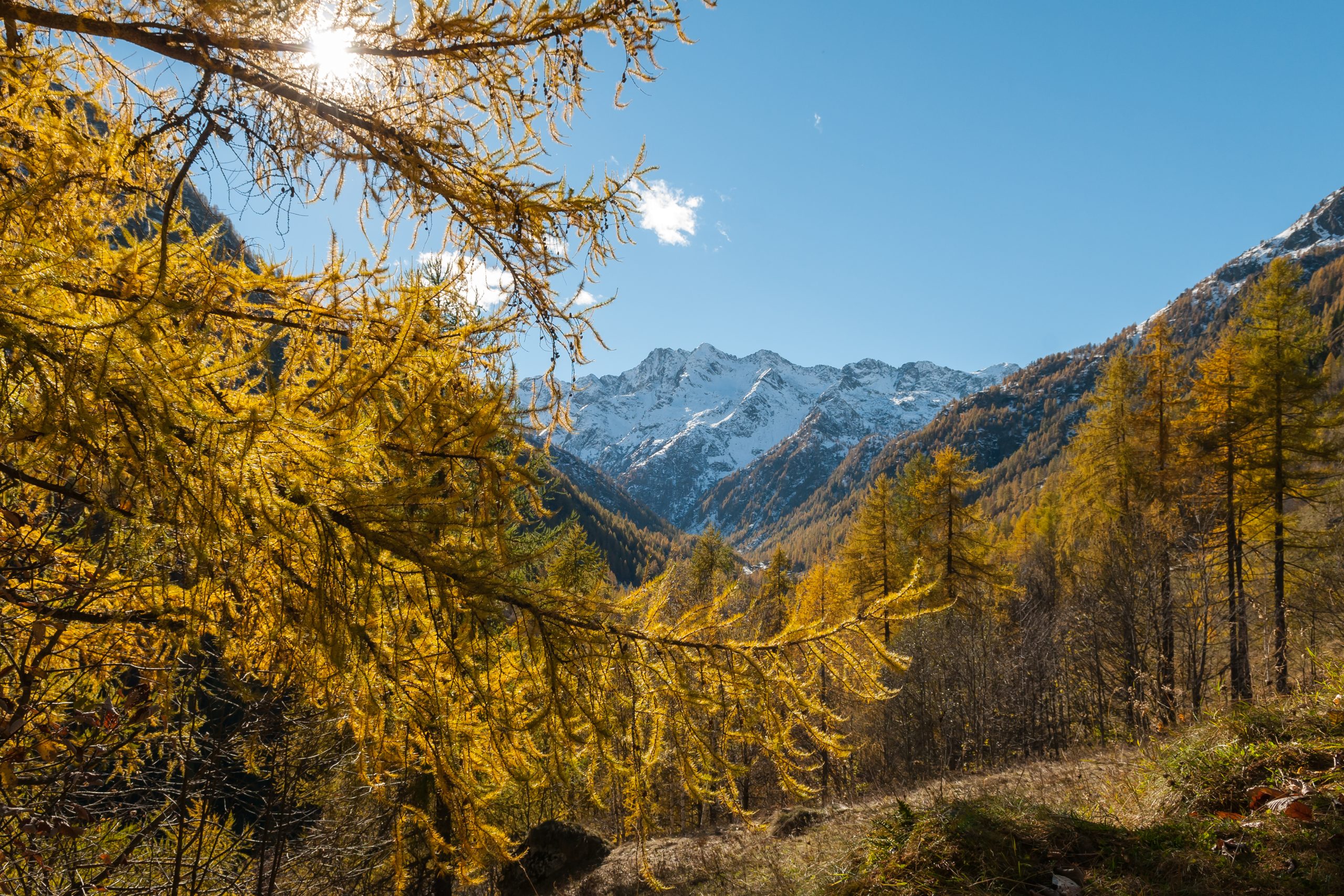
Don’t miss in this area
Discover the wonders of Alta Valsesia
Art and culture, nature, ancient traditions, food and wine excellence and outdoor activities: let Alta Valsesia win you over!
